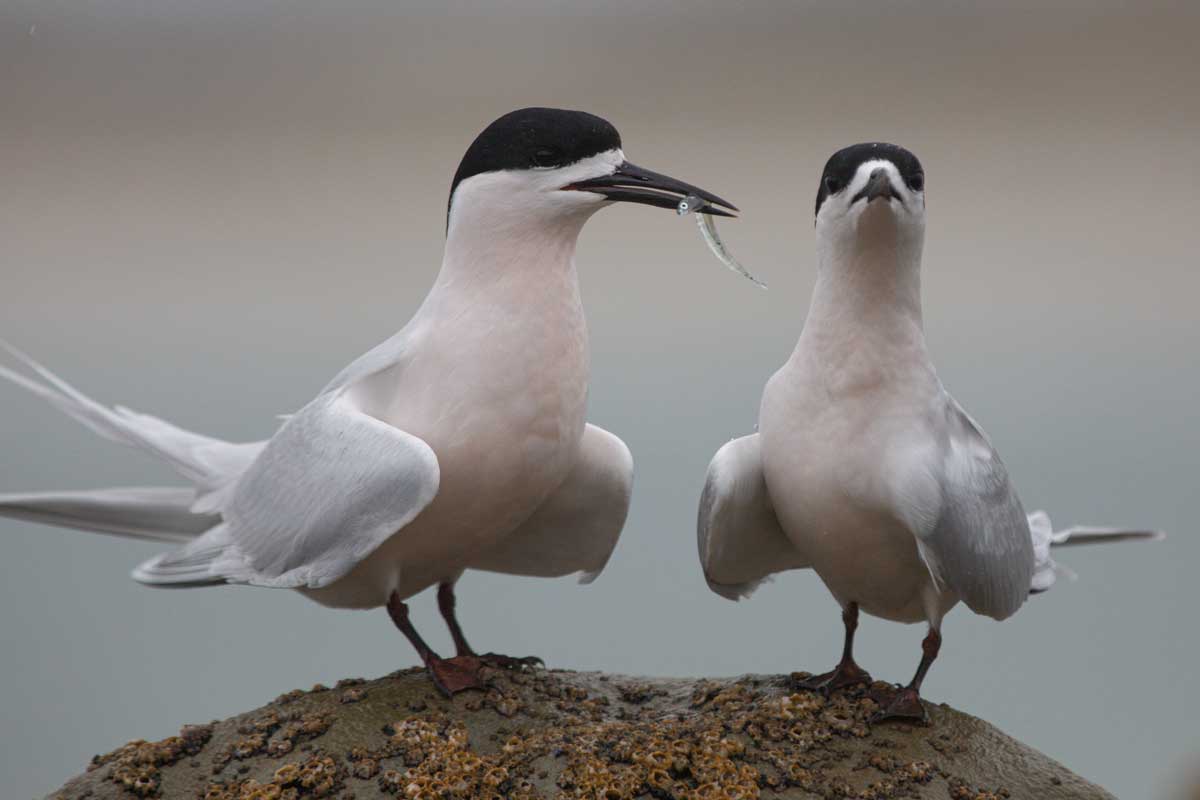
The Gulf’s Complex Web: Politicians fumble at netting simple solutions
Matt Rayner explains that allowing some fishing in proposed High Protection Areas overlooks the complex interdependencies in Gulf ecosystems.
... READ FEATURE
Matt Rayner explains that allowing some fishing in proposed High Protection Areas overlooks the complex interdependencies in Gulf ecosystems.
... READ FEATURE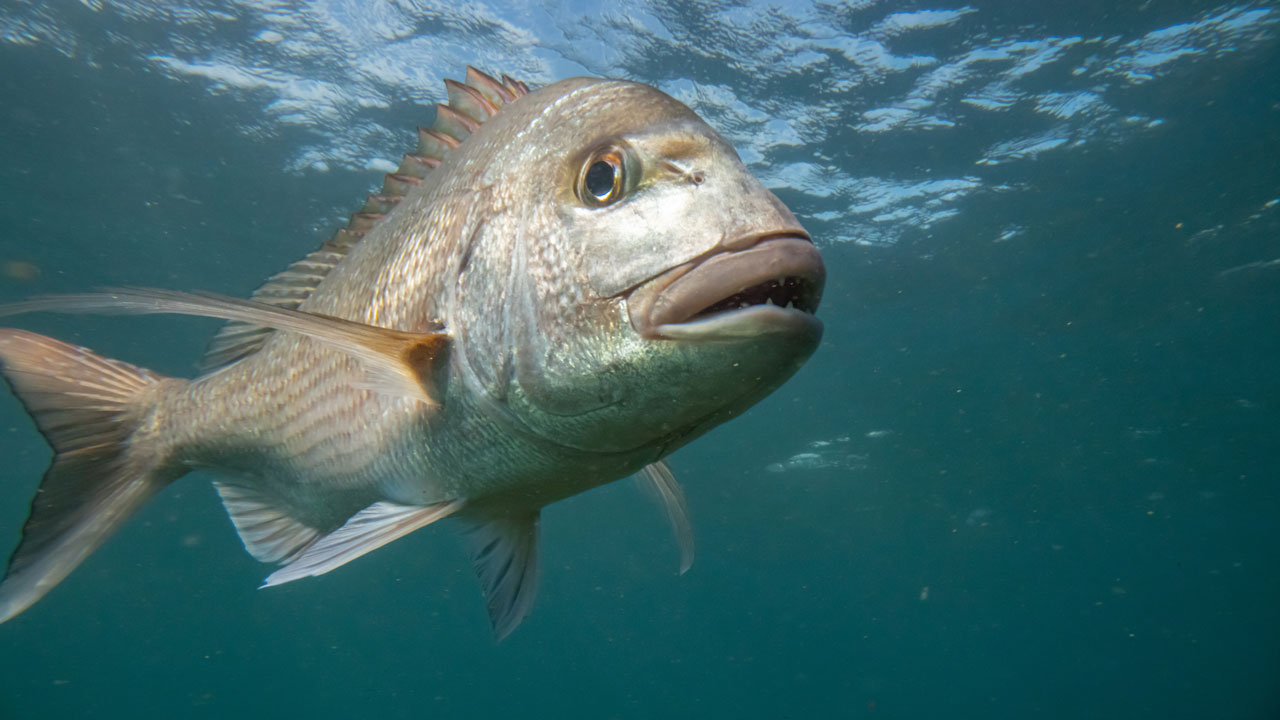
A major argument against the proposed increase in marine protection in the Hauraki Gulf is that it will simply increase pressure and drive fish stocks down in the surrounding areas. Available data and published literature provides strong evidence that these concerns regarding “displaced fishing effort” are likely overstated.
... READ FEATURE
Long term monitoring data provides insight into declining crayfish numbers in the Hauraki Gulf marine reserves.
... READ FEATURE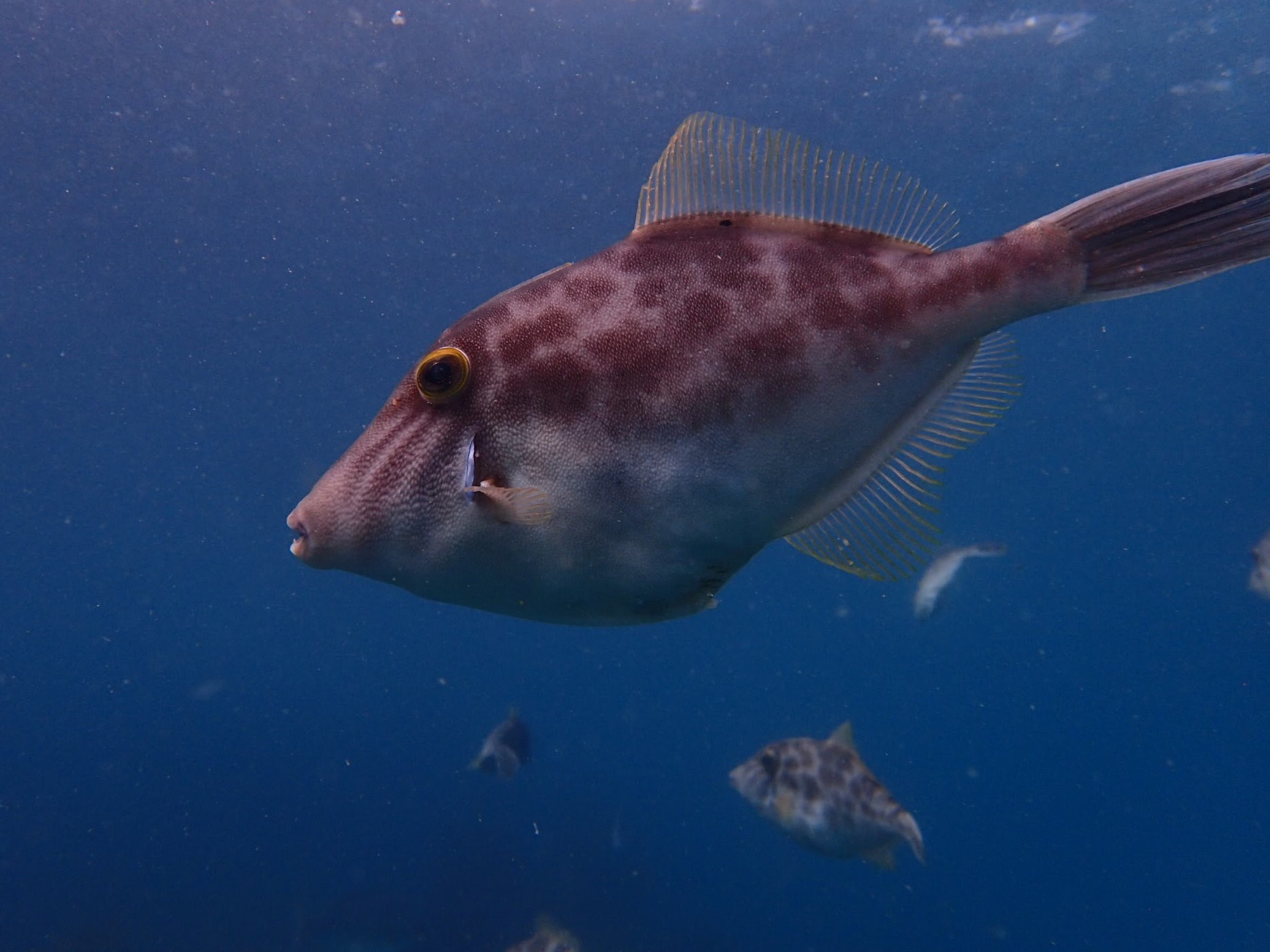
In the Hauraki Gulf, Tīkapa Moana Te Moananui-ā-Toi, the collective […]
... READ FEATURE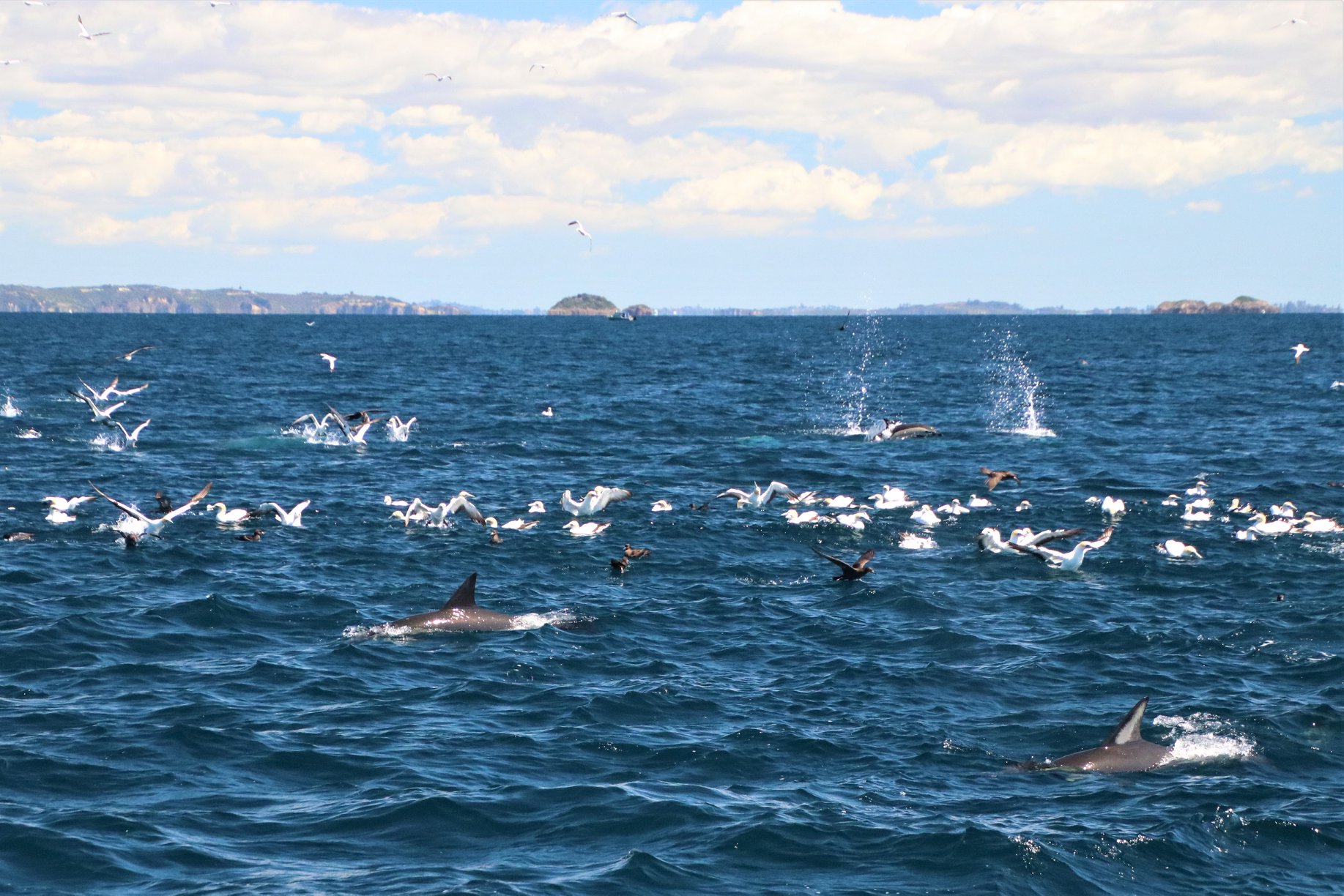
A mesmerizing sight to behold in the Marine Park, ‘workups’ […]
... READ FEATURE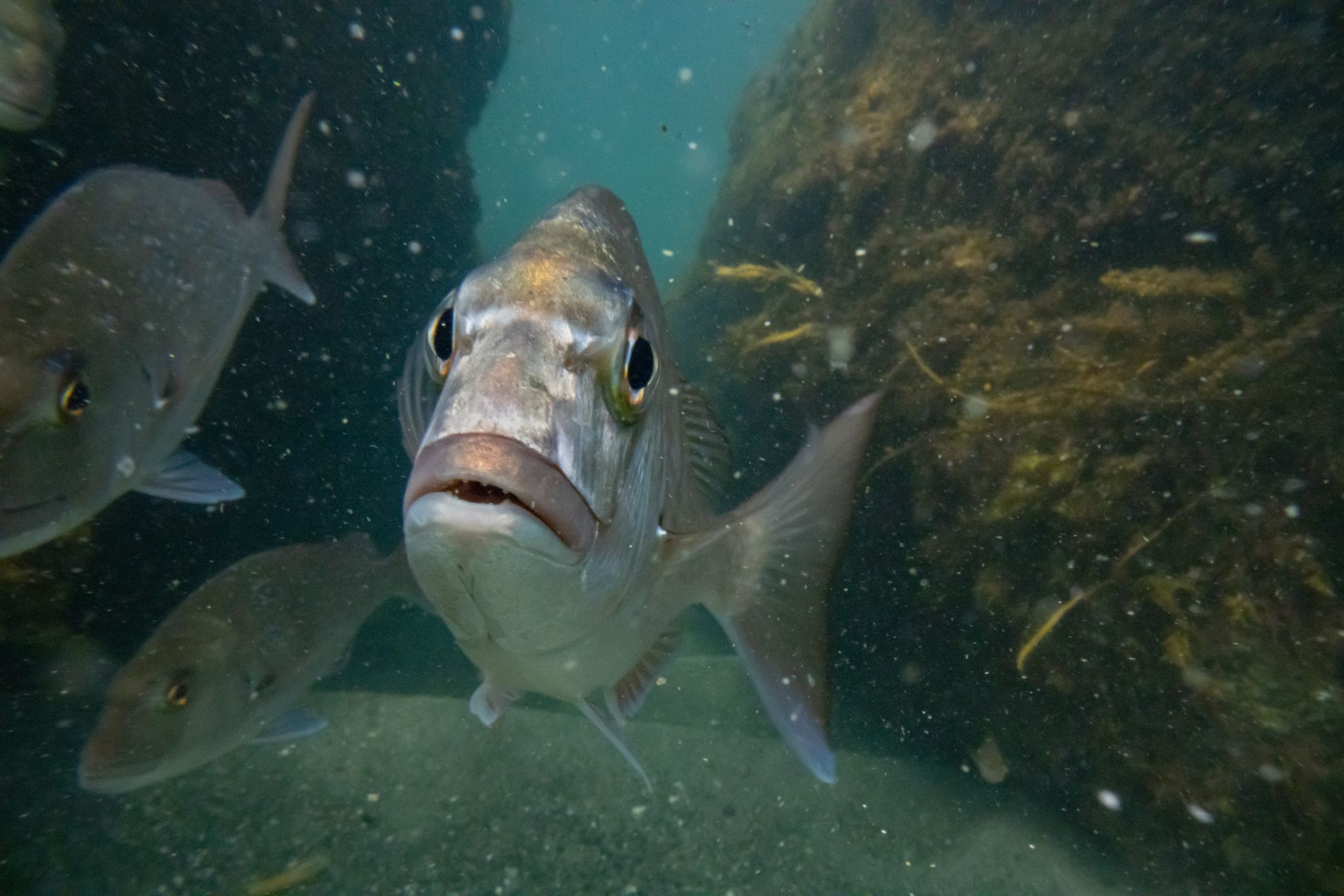
The government’s strategy, Revitalising the Gulf (or see the short […]
... READ FEATURE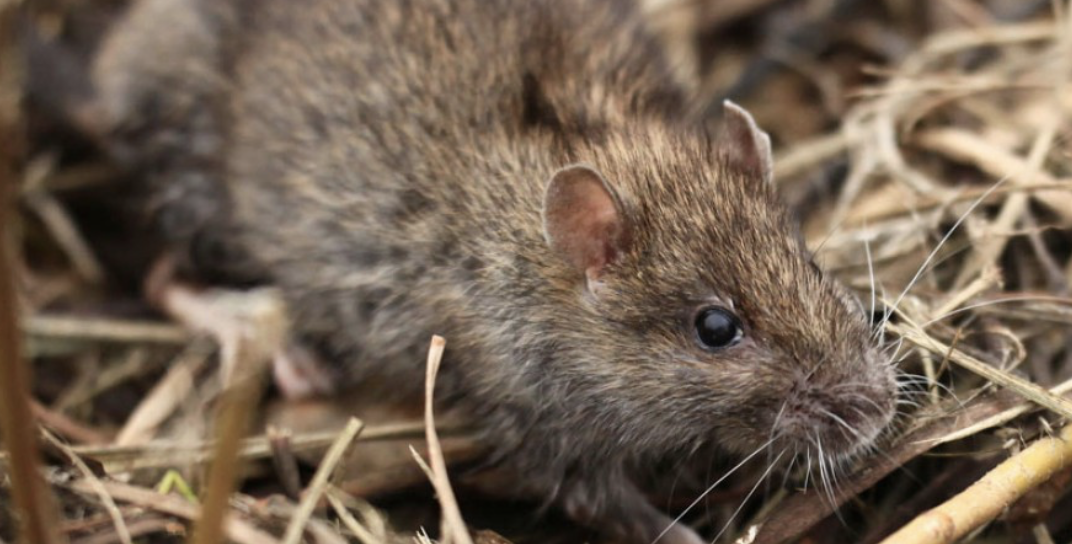
A partnership between Auckland Council, adhesives company Selleys, and peanut butter producers Nut Brothers is deploying 22,000 rat bait blocks and 160kg of peanut butter. The Talon wax blocks will be used in continuing trapping efforts on the Hauraki Gulf Islands and in remote rural areas as part of the Pest Free Auckland Programme:
According to Brett Butland, Auckland Council’s Pest Free Auckland Director, an unusually high seeding led to a wealth of food for native species. This has also fueled high populations of pests such as rats and stoats. These pests pose a serious threat to native wildlife as predator populations build up during the spring and summer months.
“We want to stay ahead of the game and ensure our predator free islands remain that way.”
“We know that rats prefer organic oils – like the ones contained in peanut butter – and they’re more likely to draw the pests to the bait stations. The rat bait and peanut butter work really well together.”
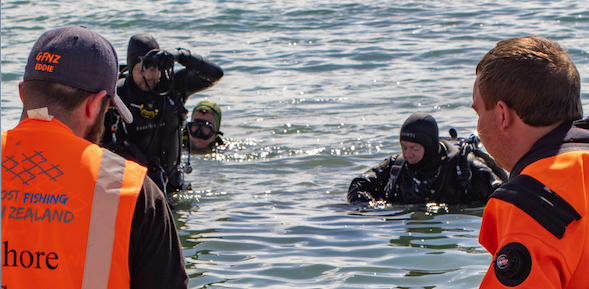
“In the 1980s I helped my Grandfather sink his old freezer in the harbour. It was a fun outing and a good challenge, afterwards I wondered what might inhabit the new white cave on the seafloor. Now days we all know better and I hate to think what toxic chemicals leaked out of that old machine and poisoned the bay,” anonymous New Zealander
A recent Ghost Fishing New Zealand event was held in Okahu Bay to help clean up the seafloor. The detrimental effects of lost fishing gear and rubbish was documented through video and photography.
Over the last four years, Ghost Fishing New Zealand (GFNZ) has worked diligently in cleaning open water spaces. These divers were inspired by overseas divers and named themselves after the ghost nets lost by commercial fishers that they retrieve. The team often pull tonnes of rubbish up from the deep in just a few hours using lift bags.
A station is set up at the event dedicated to sifting through the collection to extract mobile marine life from the rubbish.
“My job was to photograph the species as they were being removed by volunteers under the supervision of marine biologist Eddie van Halen Howard. Adults and children alike crowded around each piece of trash as it came ashore and Eddie enthusiastically identified and told stories about each animal,” – Shaun Lee
The highlight has to be this rarely seen Porcelain Crab (Petrocheles spinosus). It seems to be the first photograph of its species in the wild, though in this case the habitat had been moved.”
If you would like more information about Ghost Fishing NZ, please visit them here or better yet follow them on Facebook.

Conservationists are calling for continued action amid the increasing impact sediment is having on giant kokopu, one of Auckland’s rarest whitebait species.
The urgency comes from Auckland Council’s Freshwater Senior Regional Adviser Matt Bloxham, who says “Auckland doesn’t appear to have enough giant kokopu stream (source) populations to maintain high recruitment, because oceanic larval stocks are becoming depleted.”
Like other whitebait species, the young of giant kokopu spend time developing in the ocean before returning to adult habitat as whitebait in spring. “As adult populations are lost, we potentially add to this problem by reducing the oceanic larval pool and therefore also recruitment back into adult stream habitat.” Matt adds, “It’s akin to young kiwi folk going off on their OE but never returning home. Fewer young fish come back, the population ages and eventually dies out”.
This sediment issue is implicated in the noted decline of giant kokopu populations nationally and throughout mainland Auckland.
A remnant population at West Hoe Heights in Orewa was lost recently due to unmitigated sediment loss from a housing development into a nearby giant kokopu wetland. The Nukumea population in the neighbouring catchment is now coming under similar pressure.
A recent stocktake of known giant kokopu sites on the mainland found no fish at any of the 25-former giant kokopu sites. A handful of new (mainly island) sites have been found since, but they contain on average fewer than half a dozen fish and in some streams, a solitary fish remains.
However, the discovery of three geographically overlapping giant kokopu ranges on the south-eastern corner of Waiheke Island and another in Waitakere Regional Park increases the prospect of the species enduring in Auckland.
The first population found was in Awaawaroa Wetland in 2014, which resulted in the local community and Council mobilising to restore the population. More recently, there have been populations found in the neighbouring catchment to the east of Awaawaroa, and at Whatipu in the Waitakere Ranges.
However, a third population to the west of the Awaawaroa system, Whakanewha Regional Park, has recently disappeared “we think because of sediment loss from a gravel road higher up the catchment”, says Matt.
It turns out the population found to the east of Awaawaroa is the largest we have left in the region and the juveniles it disgorges into the ocean are likely to bolster the two nearby giant kokopu wetland populations.
“But even the largest population may become compromised if the two smaller populations (Awaawaroa and Whakanewha) are allowed fall away (i.e. it is likely that all 3 populations are underpinned by the same oceanic larval supply).
“While we will have to restock Whakanewha, if we act quickly and seal the sections of road that contribute sediment to Whakanewha, Whatipu and Awaawaroa, we may be able to sustain all three fisheries.”
“Major stochastic storm events of the type we are expecting more of with climate change have the potential to generate considerably more sediment and compromise kokopu populations in these rural and peri-urban environments. We are grappling with that at Awaawaroa, Whakanewha Regional Park, at Whatipu and in and around Orewa, where the species’ exposure to suspended sediment is high, particularly from roading.”
Matt says, “while gravel roads aren’t the only sediment source, they are one of the key sediment contributors in two of the Waiheke wetlands and are putting giant kokopu under particular pressure there”.
Mr Bloxham says “because the gravel on Waiheke has a high clay content, it only adds to the problem. Fine sediment is remobilized with every vehicle movement and stored in loose uncompacted drifts within the road corridor. At Whatipu, Whakanewha and at Awaawaroa, the close proximity of the gravel roads to their respective receiving freshwater environments means there’s very limited opportunity to intercept/settle out the sediment before it reaches the waterway and sealing is really the only option,” he said.
Auckland Council is responding to the issue of sediment loss to waterways from bulk earthworks sites and is working tirelessly to combat every angle of the issue. Matt says, “parallels can be drawn between earthwork sites and unsealed (gravel) roads. However, over their lifetime, dirt roads have the potential to be considerably more impactful as there are no sediment controls and release persists for as long as the roads prevail, whereas bulk earthworks are usually relatively short-term activities.”
Auckland Council aided by Forest and Bird, Conservation Volunteers NZ and the local community are working urgently to address the other threats to the island’s wetland populations, which include habitat loss and predation.
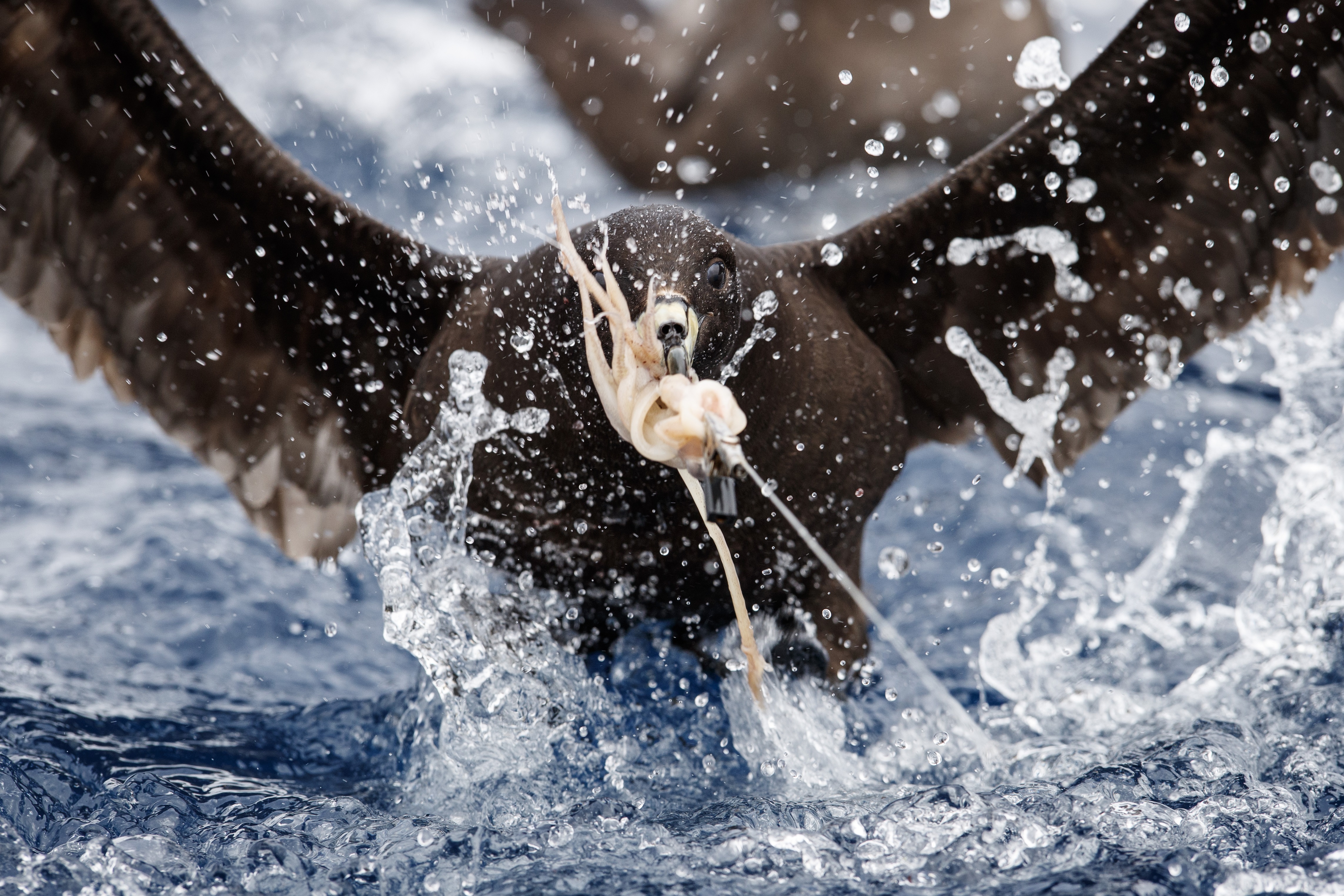
A comprehensive new book on the challenges for seabirds
... READ FEATURE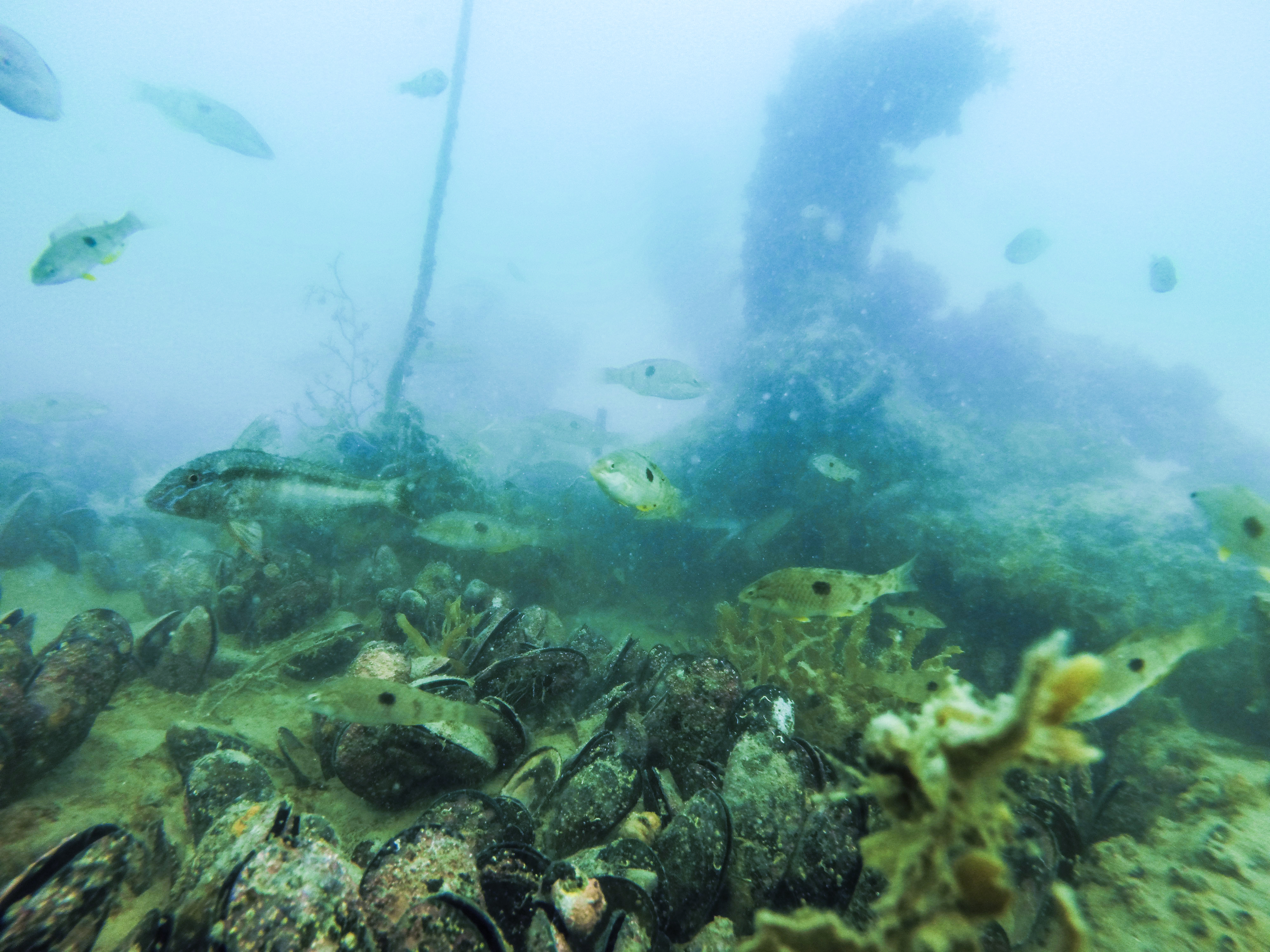
As reported frequently in the Gulf Journal, shellfish beds are vital to marine ecosystems. They filter and clean the water, stabilise the seafloor, dampen the effects of storm surge, enhance biodiversity, and remove nutrients that run off the land.
This newsroom article by Professor Simon Thrush, Director of the Institute of Marine Science at the University of Auckland, calls for urgent research to inform targeted restoration activities, as well as more coordinated partnerships of current restoration efforts. Professor Thrush urges, however, that scientific knowledge alone will not secure the success – community participation and commitment are critical to ensuring the long-term success and sustainability of restoration.
To get involved locally, contact Revive our Gulf.

Have your say. Submissions close on 17 March 2019
... READ FEATURE
The Outboard Boating Club in Hobson Bay is proving that marinas and boat clubs can make a big difference to their environment.
... READ FEATURE
NIWA researchers are out on the Hauraki Gulf to find out more about the nurseries of young snapper
... READ FEATURE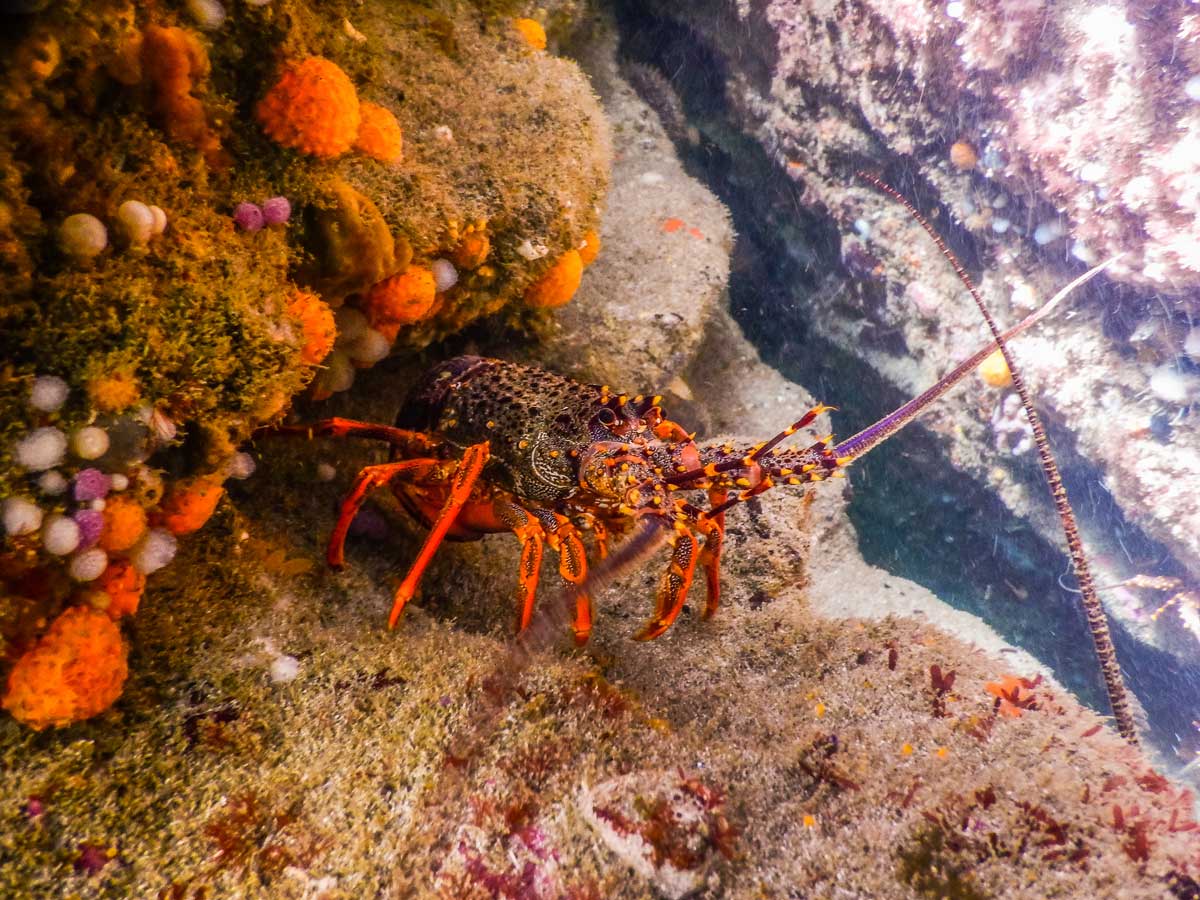
Fisheries New Zealand is proposing a reduction in the number of rock lobsters recreational fishers can take per day from six to three. This proposal forms part of an earlier direction from the Minister of Fisheries to significantly reduce the total allowable catch for the CRA2 fishery, impacting both recreational and commercial fishing. This action is expected to double current rock lobster population in CRA2 in about 4 to 8 years
The consultation closes 19 December 2018 and any rules changes will come into effect by mid-2019.
At the same time, Auckland University scientists are calling for an expansion of the Cape Rodney-Okakari Point (Goat Island) Marine Reserve, to stop crayfish numbers dwindling to an all-time low. Scientists say that 40 years of conservation efforts have been wiped out by intensive fishing on the marine reserve boundary.
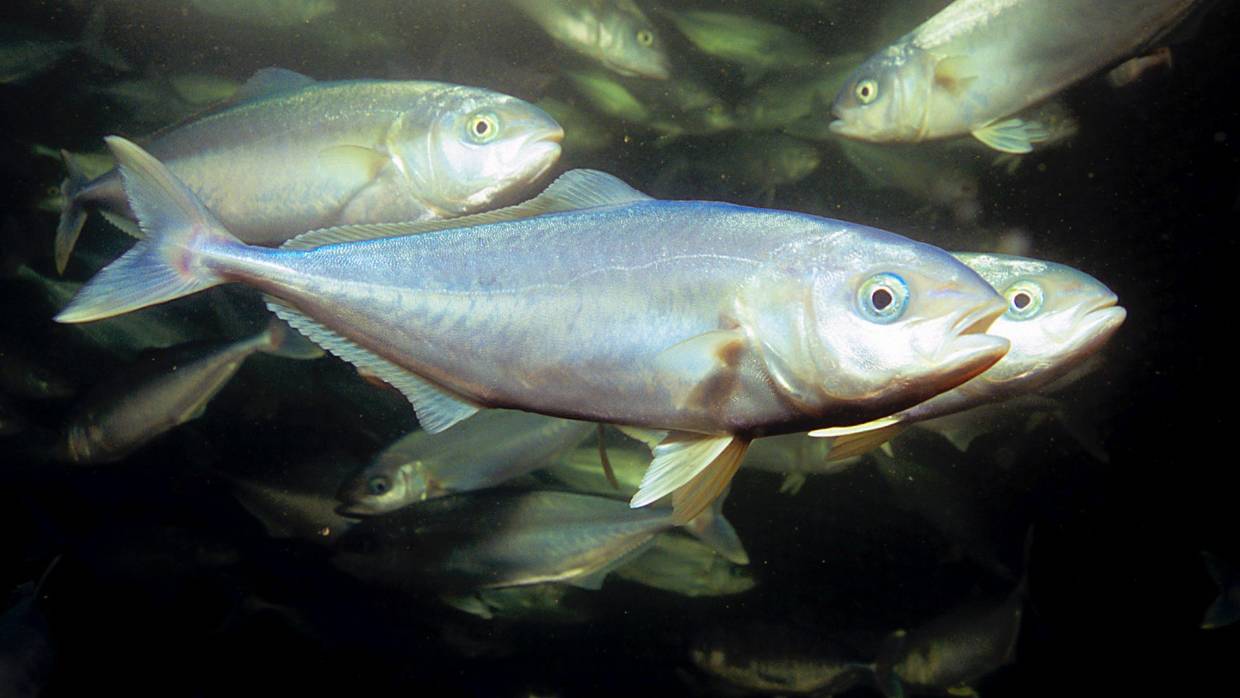
The Waikato Regional Council recently granted Pare Hauraki Kaimoana authorisation to apply for the consents to occupy 240 hectares of fish-farming space in the Coromandel Marine Farming Zone. Located about 10 kilometres offshore from Coromandel Town, in the Firth of Thames, if successful, this would be the North Island’s first offshore fish farm and would farm kingfish.
The authorisation means the company has two years to prepare and submit an application for the necessary resource consents.

Te Mana, te Ihi, te Tapu o Tikapa Moana
... READ FEATURE
A genetic study comparing snapper inside and out of Cape Rodney-Okakari Point Marine Reserve (Goat Island) has found that the reserve contributes 10 times more juveniles snapper than if it was not a reserve.
Offspring of spawning adults from the reserve were found up to 40km away.
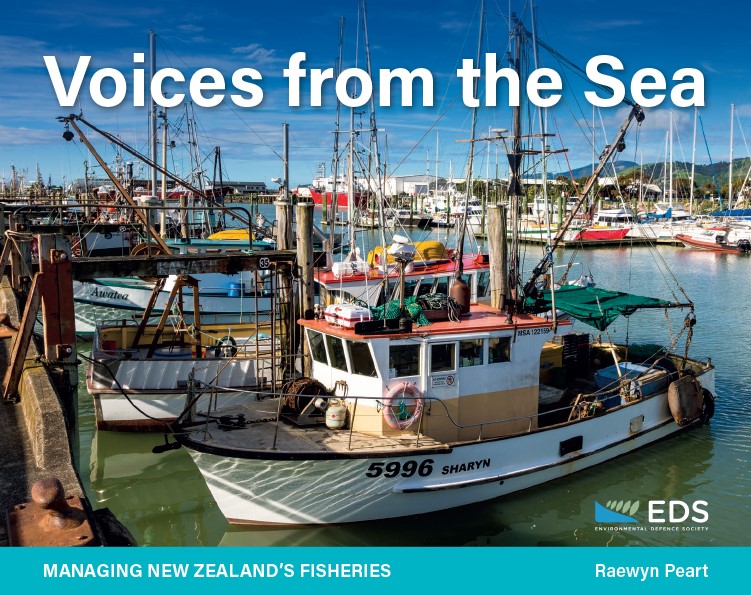
Fisheries and critics fronted to a panel discussion last week on whether a government inquiry was needed to overhaul of the 30-year-old quota management system.
Organised by the Environmental Defence Society, the event also saw the author of recently released book Voices from the Sea, Raewyn Peart explain the findings of her study, which had led to the publication calling for change.
While most panel participants, including Sanford Fisheries head Volker Kuntzsch, agreed work was needed on the inshore fishery, not everyone thought an enquiry was needed to achieve change.
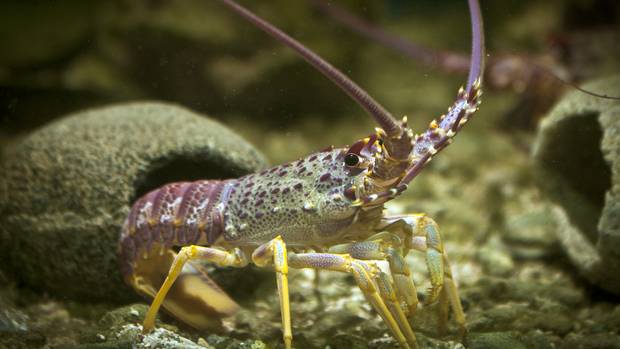
Divers and recreational fishers are welcoming reduced new limits to cray fish catches in the Bay of Plenty. This followed Minister of Fisheries announcing new limits for commercial, recreational and customary fishing for the Hauraki Gulf and Bay of Plenty. They hope the limits will help crays to rebound and believe the move is needed to preserve the fishery for the future.

While they agree with a reduction to the crayfish catch is needed in the Hauraki Gulf and Bay of Plenty, commercial fishers are concerned at the size of the cuts.
Fisheries Minister Stuart Nash has cut the allowable catch from 200 tonnes to 80 tonnes. This will see earnings drop by about 60 percent and see commercial vessels forced off the water, Rock Lobster Industry Council CEO Mark Edwards says.
This follows a grim assessment of the state of the CRA 2 fishery.
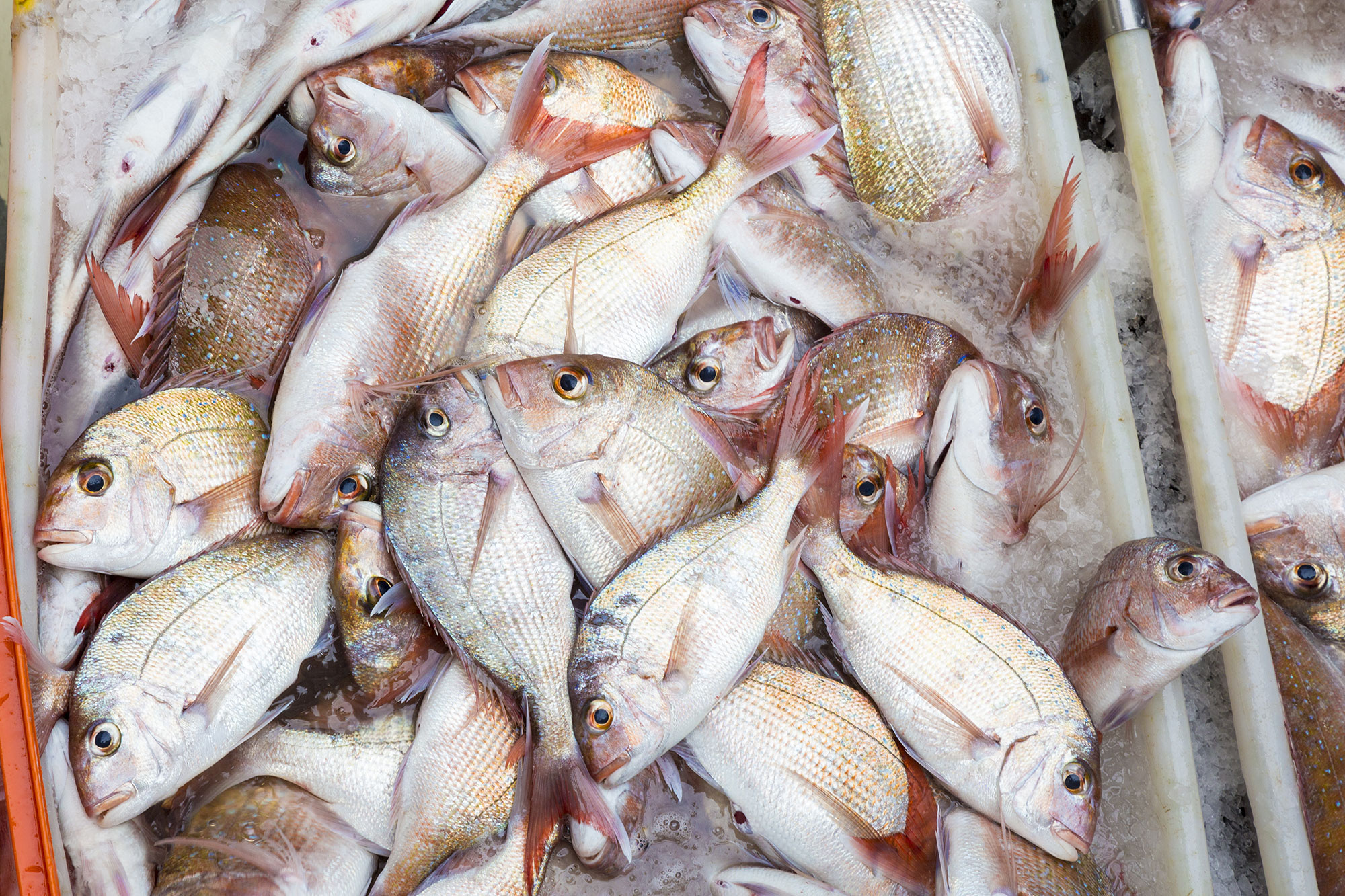
Raewyn Peart says the Gulf fisheries management system is broken
... READ FEATURE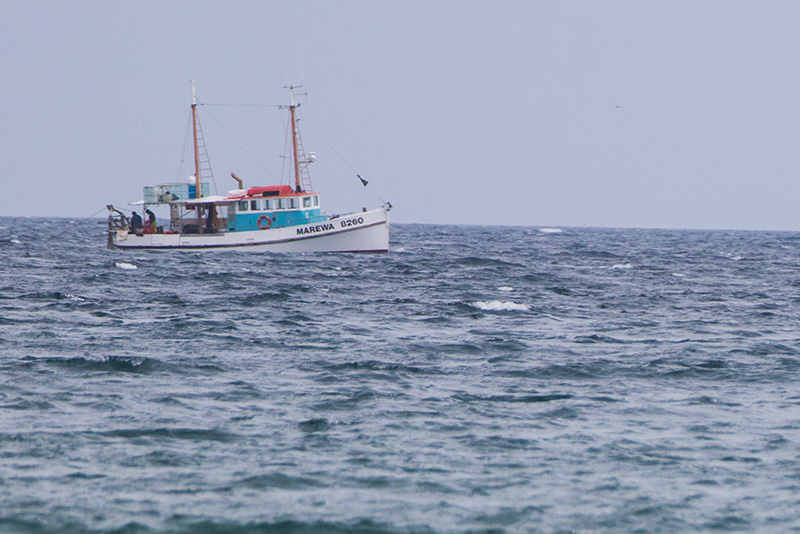
A new entity Fisheries New Zealand will be created later this year. Ministry for Primary Industries says the organisational changes are intended to increase focus and ensure clarity and unity of purpose in fisheries management.
“This will further support delivery of a fisheries change programme.”

A new report has been published. What has it found?
... READ FEATURE
Clarke Gayford finds some surprising visitors
... READ FEATURE
Burnsco has taken a lead in encouraging responsible use of the Gulf’s fisheries by refusing to stock and sell scallop dredges.
Burnsco Managing Director Bruce McLeod said “We have not stocked scallop dredges for a number of years now. Burnsco staff were concerned at the damage done to the seabed by the dredges. This deterioration of the seabed has been well documented (eg Urlich 2016) and unfortunately has increased significantly over the years as dredging has become more intensified. Customers can still, of course, dive for scallops if they want them.”
LegaSea has welcomed the policy. “It is reflective of a more Fish Care orientated approach we hope to gain from retailers in the future as we look to restore abundance in our inshore fisheries,” said LegaSea spokesperson Simon Yates.
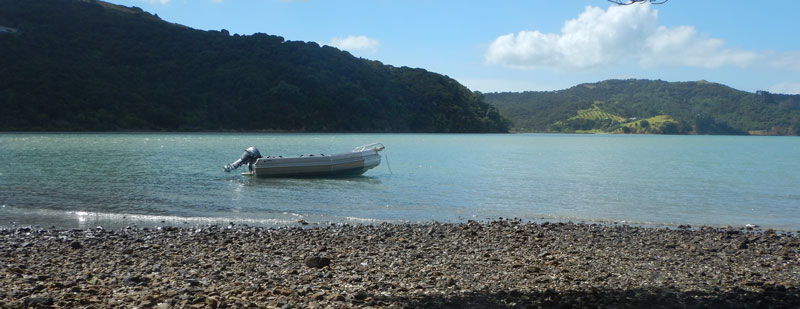
The Waiheke local Board has release a commissioned report following ecological surveys of potential marine reserve areas on Waiheke Island.
The report considers five locations and recognises their merit as part of a marine reserve network for Waiheke Island.
The board agreed to release the report for community consideration and to encourage community groups to lead on any marine reserve applications.
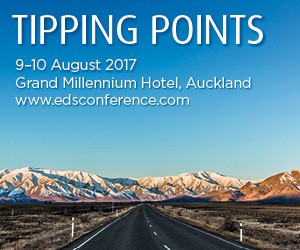
The future of farming and fishing were the subject of insightful discussion at the recent Environmental Defence Society Conference on Tipping Points.
New technologies such as ‘cellular agriculture’ are set to challenge old fashioned farming attitudes and increase the rate of uptake of sustainable practices, explained Dr Rosie Bosworth, a Senior Strategic Planner with ‘Rethink X’. Landcorp’s CEO Steve Carden outlined his vision for the future and the practical proactive approach being taken to adapt.
Sanford CEO Volker Kuntsch, Te Ohu Kaimoana CE Dion Tuuta and WWF head of Campaigns Peter Hardstaff addressed fisheries, their ‘big’ words being Transparency, Respect and Humility.
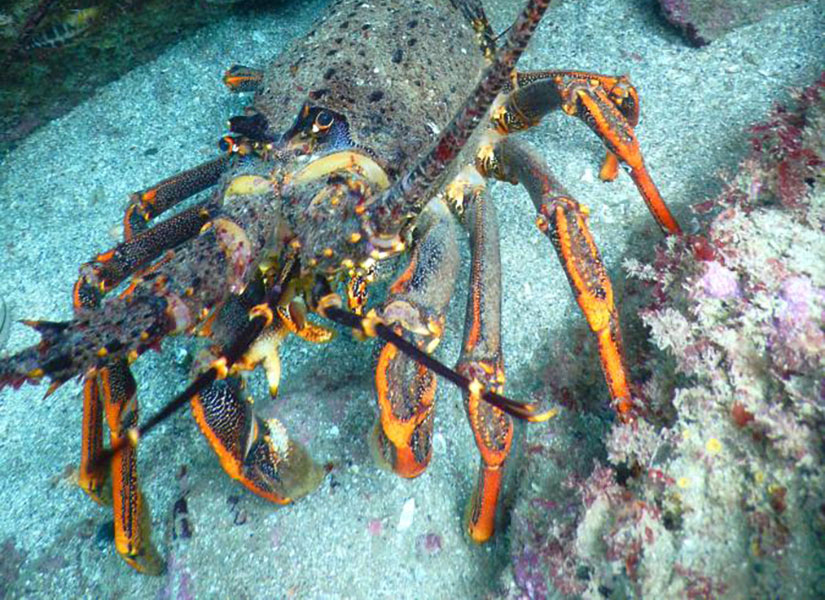
The Ministry for Primary Industries says it is aware of concerns over the availability of crayfish (rock lobster) in the Hauraki Gulf and has brought a scientific review of the fishery forward from 2018 to later this year.
MPI will also initiate an engagement process to characterise problems and potential solutions for management of the fishery. This will inform catch limit settings from April 2018 and other management controls. As an interim measure the CRA2 industry has voluntarily cut its commercial catch by a quarter from 200 to 150 tonnes.
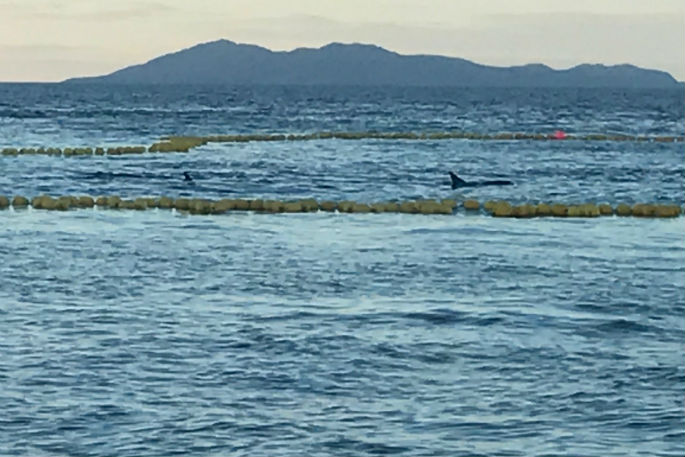
Sanford Ltd has congratulated the skipper of a purse seiner who released a net of jack mackerel after half a dozen dolphins swam into it. The San Columbia was fishing off the Tauranga coast when the incident occurred, witnessed by a boatload of recreational fishers.
About 30 tonnes of fish were lost when the skipper chose to release bow end of the net enabling the dolphins, and the jack mackerel to escape.

The potential for achieving a high-value, low-impact Hauraki Gulf fishery through impact investment is the subject of a feasibility study being funded by Foundation North.
It is the first initiative to receive a grant from the foundation’s five million dollar Gulf Innovation Fund Together (GIFT) investment.
The study, by EnviroStrat, will look at the feasibility of new investments that generate a financial return while also delivering a positive impact on the natural resources, ecosystems, and communities of the Gulf.
Envirostrat’s lead for the feasibility study, Dr Nigel Bradly, says the study will address some of the major issues at the heart of the recently released Hauraki Gulf Marine Spatial Plan (Sea Change / Tai Timu Tai Pari).
Waikato Regional Council has opened the tender round for 240 hectares of the Coromandel Marine Farming Zone.
Interest in fish farming has prompted the council to begin the process of releasing space in the 300 hectare zone. The area was created in 2011 for fish farming but demand waned due to the global financial crisis.
Twenty percent of the zone will be allocated to the Takutai Trustee (managed by Te Ohu Kaimoana) under the terms of the Maori Commercial Aquaculture Claims Settlement Act. The release of the remaining 80 percent of the zone will occur through a weighted-attribute tender process.
Criteria for selection focus on socio-economic benefits and environmental standards. The successful bidder or bidders must obtain resource consent before commencing fish farming.
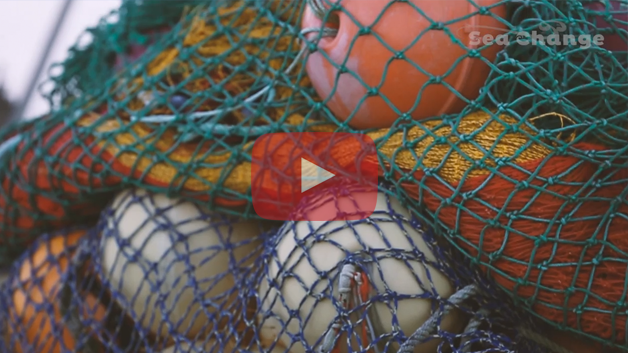
A Hauraki Gulf / Tikapa Moana marine spatial plan launched in December after three years work by a stakeholder working group is available on the Sea Change – Tai Timu Tai Pari project website.
The proposed plan contains five pathways designed to create long-term health and wellbeing for the Hauraki Gulf Marine Park. Transitions to high value wild caught and farmed fisheries, the creation of marine reserves areas and scaled up restoration initiatives, setting load limits and mitigation for sediment and nutrients, local-scale coastal management and ambitious public engagement are outlined in the December issue of the Gulf Journal.

A long-term plan for future management of the Bay of Plenty, Hauraki Gulf and eastern Northland snapper fishery was accepted by Primary Industries Minister Nathan Guy this month.
Created by the SNA1 Strategy Group, made up of members from the customary, recreational and commercial fishing sectors, the plan focusses on improving fishing practices, minimising waste and gathering accurate information.
Its recommendations include:

NIWA scientists are asking for help from people who have had a long association with the Hauraki Gulf.
They are researching the areas where juvenile fish have congregated to find out how these nursery environments have changed over the years.
NIWA marine ecologist Dr Mark Morrison says they are particularly interested in populations of juvenile snapper, less than 10cm long in coastal waters.
He says young fish are strongly associated with what’s on the seafloor, especially seagrass meadows, horse mussel beds and sponge gardens.
Historical photographs, personal field diaries or fishing logs would be particularly valuable to document environmental change.
A computer model will be built to enable the researchers to explore ‘what if’ scenarios to help decide on the best management actions for the future.

The Ministry for the Environment and Statistics New Zealand released the first individual “domain” report – on the marine environment – created under the Environmental Reporting Act 2015 in November.
The report identifies key issues facing our oceans, ocean acidification, threats to native birds and marine mammals and the state of coastal habitats.
Environment Minister Dr Nick Smith said environmental reports are fundamental to understanding and addressing environmental challenges – an area where data has been lacking.
He also said next year new legislation would replace the Marine Reserves Act “to bring our marine legislation into the 21st Century, recognising that we need varying levels of protection.”
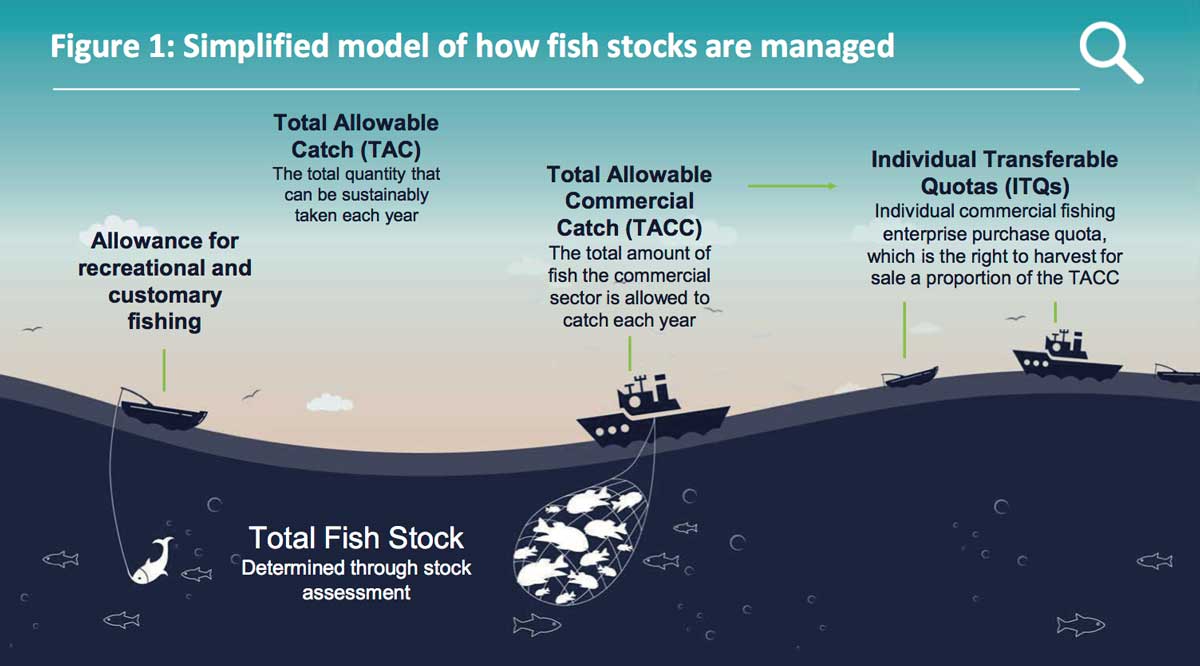
The Ministry for Primary Industries released a consultation document ‘The Future of Our Fishing’ as part of its ongoing review of the fisheries management system in November.
It covers a wide range of issues including discarding, shared fisheries, certification, information gathering, ecosystem based management, commissioning of research and delegation of decision making.
The document includes specific options for the implementation of an integrated electronic monitoring and reporting system on fishing vessels and for changing regulations to enable new trawl technology.
MPI also announced the formation of a new Technical Advisory Group to give expert, independent advice on the proposals, to be chaired by Sir Rob Fenwick.
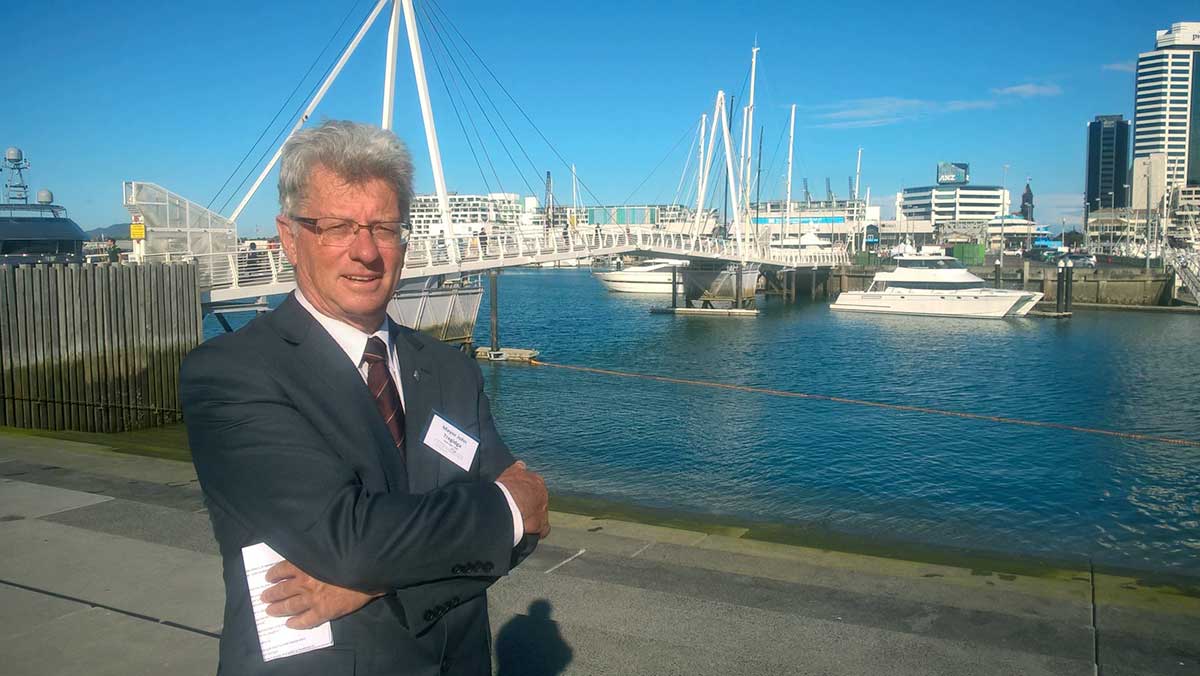
Innovative pathways result from wide enquiry and involvement
... READ FEATURE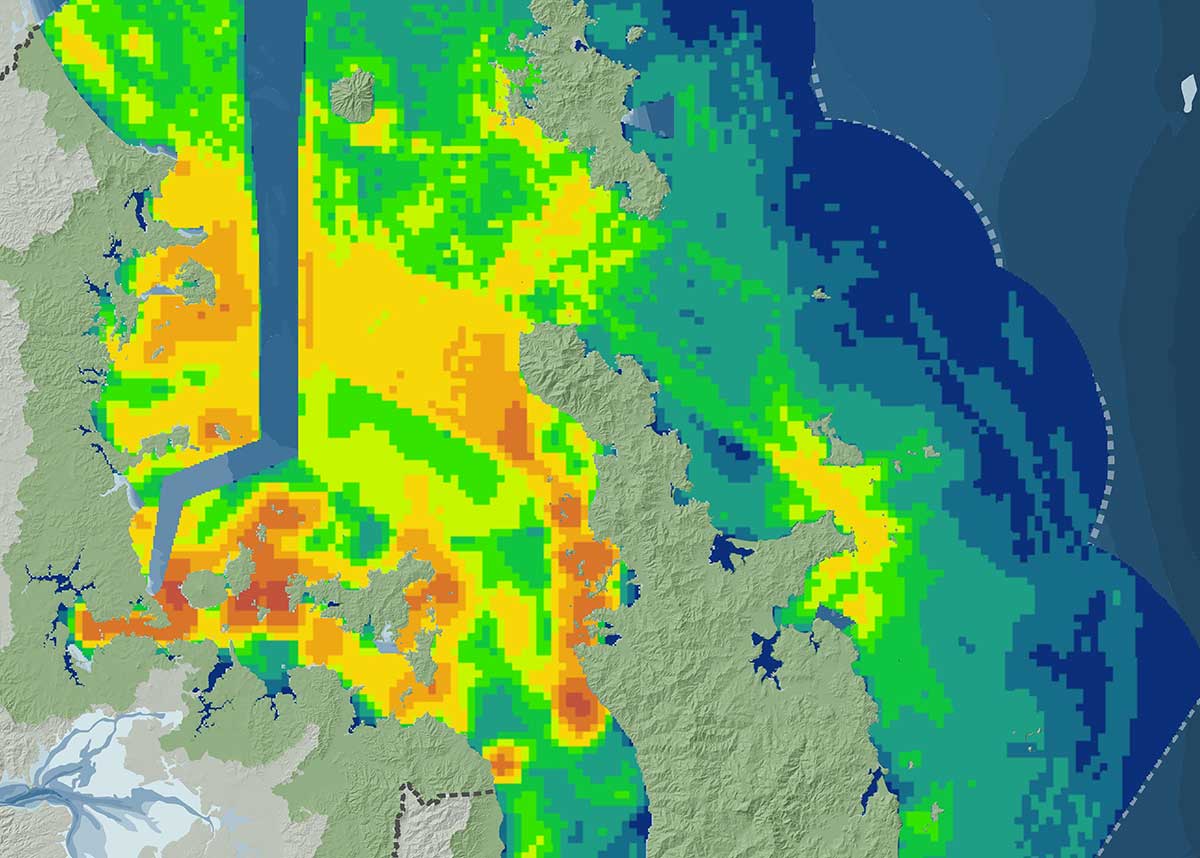
Phased withdrawal of bulk harvesting and new aquaculture areas
... READ FEATURE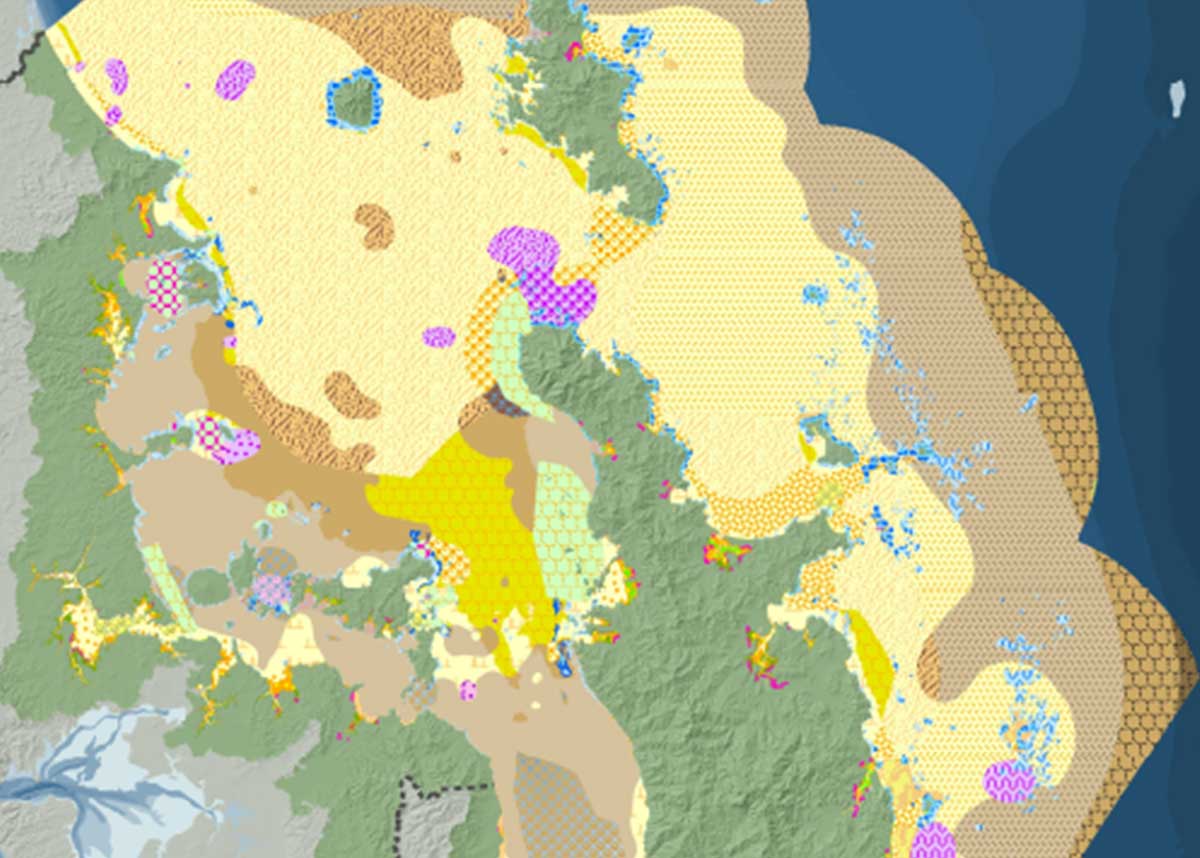
New protected areas and scaled up restoration
... READ FEATURE
Recent surveys have shown crayfish numbers declining inside and outside marine reserves at Leigh and Tawharanui.
Dr Nick Shears, a marine biologist at the Leigh Marine Laboratory, says crayfish numbers in the reserves are down a further 25 percent from 2014.
Numbers outside the reserve are the lowest they have been since monitoring began in the 1990s. Biomass is estimated to be <5 percent of unfished levels. Earlier this year scientists released figures showing crayfish numbers inside Goat island reserve were lower than when it was established in 1975 and less than a quarter of their 1990s peak. Dr Shears attributes the decline to fishing pressure on reserve boundaries, a lack of recruitment and high fishing pressure in the CRA2 fishery. He has advocated a case for extending the offshore boundary of the reserves to protect resident animals throughout their home range.

A new draft plan for the long-term management of the SNA1 fishery was released this month.
The plan was devised by the SNA1 Strategy Group, comprised of customary, recreational and commercial fishers. It focuses on improving fishing practices, minimising waste, and gathering accurate information.
Its recommendations include:
A new report published by Fulbright New Zealand suggests a warrant of sustainability could help address discards and increase export value in NZ fisheries.
Anastasia Telesetsky’s Fishing for the Future report suggests such a warrant could provide incentives for changing behaviour as individuals and corporations are rewarded with reputational benefits.
The warrant could be based on indicators such as installation of an electronic monitoring system, demonstrable knowledge of best gear handling, calibrated scales to measure catch and discards, a lack of fisheries convictions over five years, and company commitments to sustainability training and independent audits. This would help distinguish between leaders and laggards, the report says.
The government has introduced assurances around food safety and audits intended to create a safety culture. Similarly there is potential to create a sustainability culture to strengthen the overall credibility of NZ’s seafood industry, the report suggests.
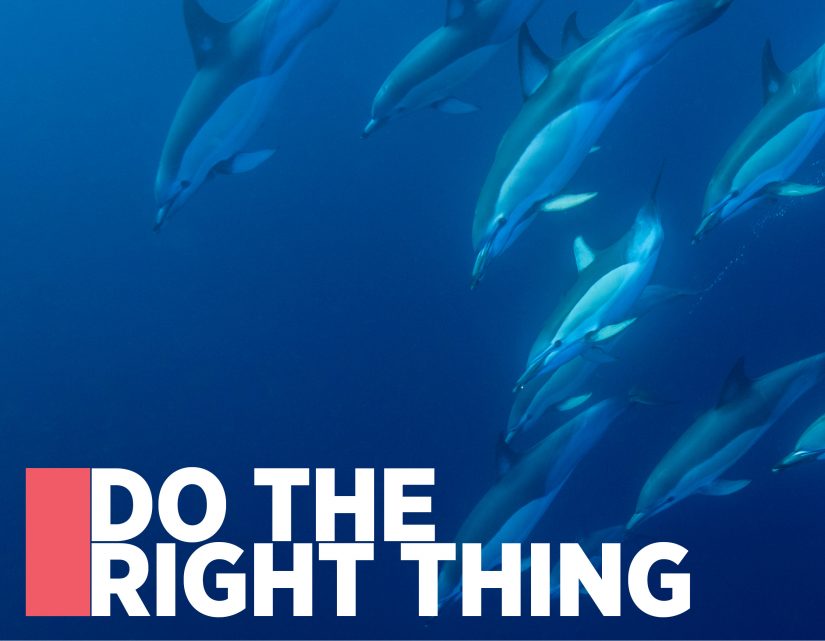
The 2016 Hauraki Gulf Marine Park Seminar asks what it takes to Do The Right Thing
The Hauraki Gulf Forum has assembled an outstanding line-up of speakers for its seventh annual seminar on Tuesday, September 13 at Auckland Museum.
The total amount of marine fish caught in New Zealand waters between 1950 and 2010 is estimated at 2.7 times more than official statistics suggest, and most of the difference is due to unreported commercial catch and discarded fish.
This is a chief finding from a report released in May Reconstruction of Marine Fisheries Catches for New Zealand (1950-2010) by Dr Glenn Simmons and others from the University of Auckland Business School, Oxford University, and University of British Columbia, and part of a global study published in Nature Communications.
“A striking finding was the extent of misreporting to avoid deemed value penalties – at sea and on land,” said Dr Simmons. “This highlights a weakness of the Quota Management System, which relies on full and accurate reporting, yet, in practice, incentivises misreporting.”
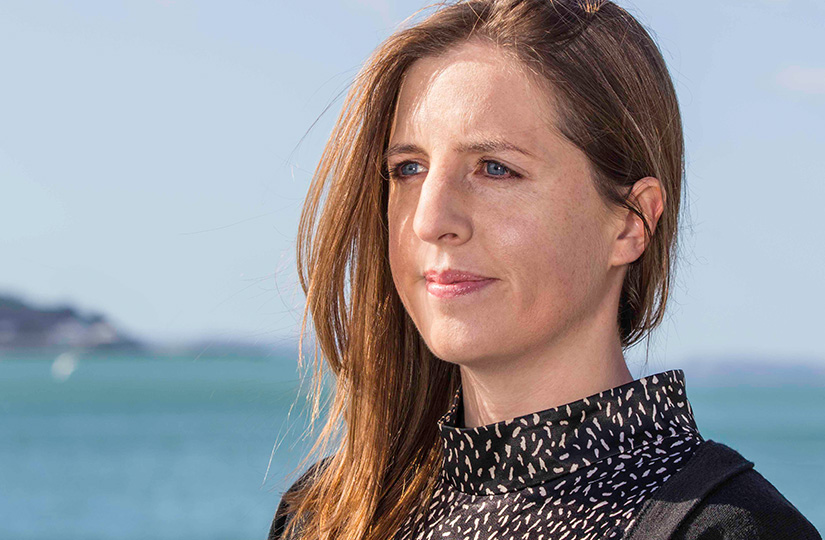
A provenance model would require driving up the value chain in terms of product diversity, quality, and utilisation.
... READ FEATURE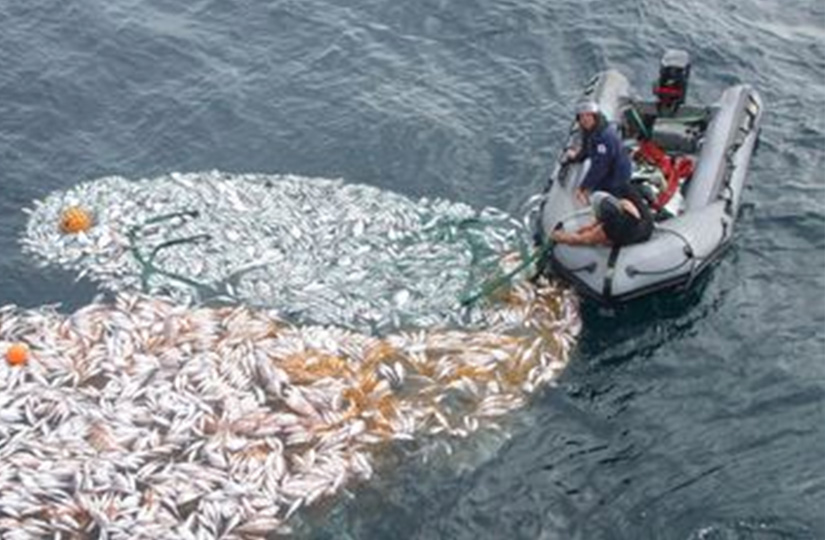
What is clear now is that the status quo has a very large and unaccounted for opportunity cost.
... READ FEATURE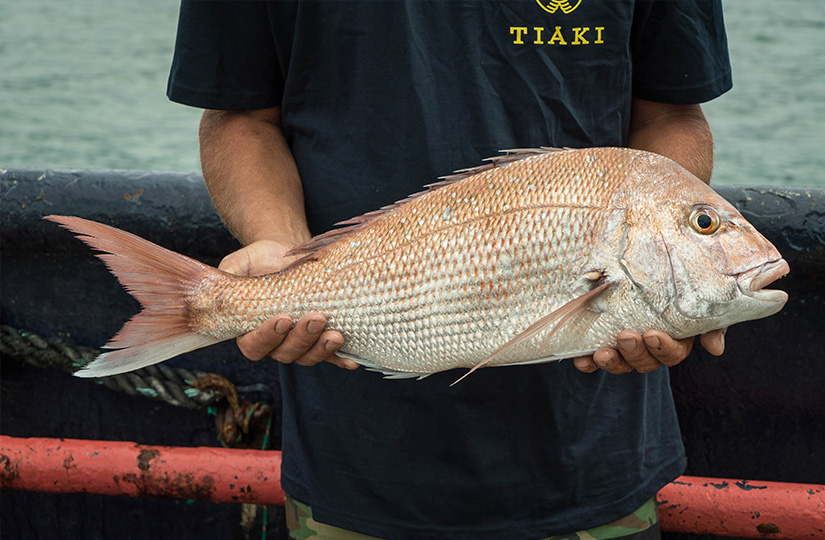
Hopefully, Tiaki is just the beginning of our primary’s sector’s radical reinvention of its relationship with the ecosystem…
... READ FEATURE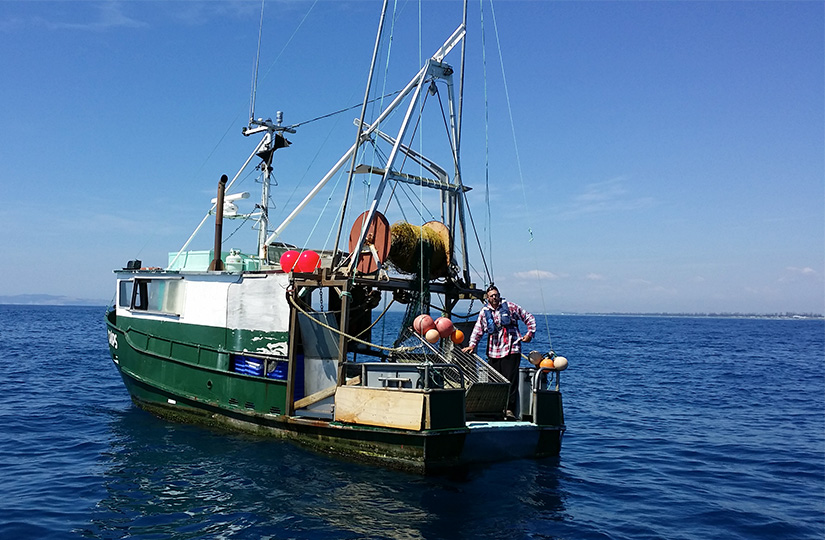
In the past we have made up to $250,000 turnover only to end up with less than minimum wages for our efforts.
... READ FEATURE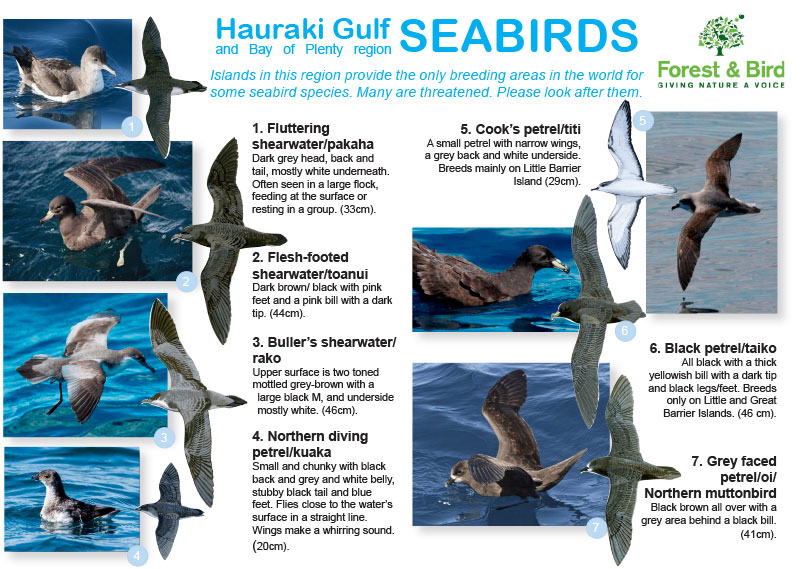
Forest & Bird has produced a new guide to the seabirds of the Gulf, especially for fishers.
The flyer features 15 of the most commonly seen (and caught) seabirds and includes tips on how to avoid catches of seabirds and ways to safely release them if you do.
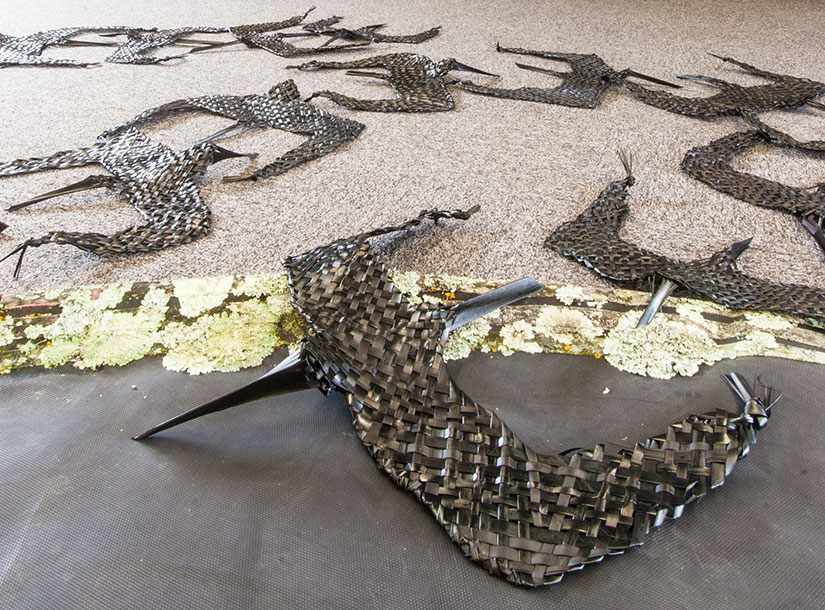
Snapper longline fishers in northern New Zealand want to show the public that their operations are not putting seabirds at risk and have recently taken part in the trial of on-board cameras, which they hope will help them prove this.
A recent trial on a vessel that fishes for Aotearoa Fisheries found that cameras can detect around 90% of seabirds caught on snapper longline hooks.
The video trial, which used woven flax seabirds attached to the fishing line, was funded by Department of Conservation.
The Black Petrel Working Group, facilitated by Southern Seabirds Solutions Trust, is developing a proposal for Government to enable the trial to be expanded to a larger pilot programme.

Monitoring at Goat Island Marine Reserve shows that numbers of crayfish and snapper are now lower than when the reserve was established in 1975.
Following the creation of the reserve, numbers of crayfish recovered quickly, increasing four-fold in number by the 1990s with snapper also becoming bigger and more common.
Leigh Marine Laboratory’s Dr Nick Shears attributed the decline to fishing on the reserve boundaries and the state of the wider fishery and said the pattern is similar at marine reserves at Tawharanui and Hahei.
He said that the reserve boundaries needed to be extended seaward to protect resident animals and to safeguard the scientific and recreational values of the marine reserves.
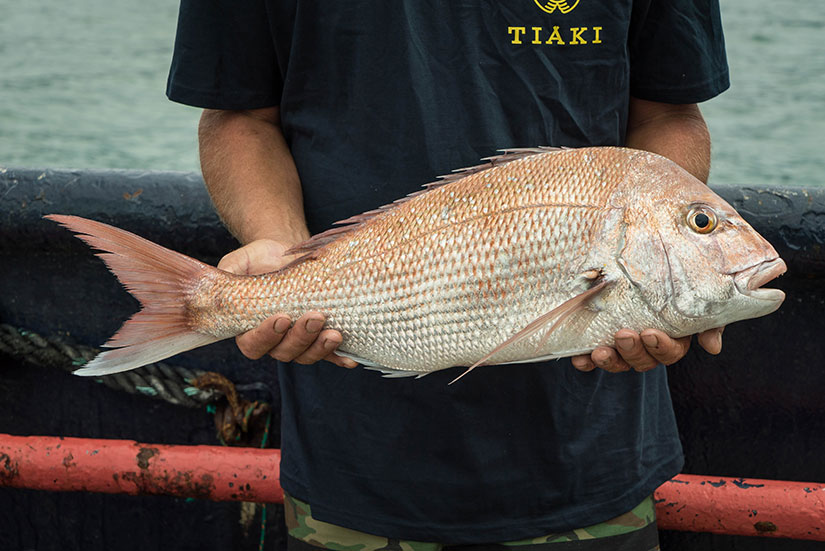
New Zealand’s fishing industry has introduced a new modular harvesting system that may replace traditional trawl nets.
The fishing method developed by the Ministry for Primary Industries, Sanford, Sealord and Aotearoa Fisheries allows small fish to escape while the rest are brought aboard alive. Any unintended catch can then be released unharmed.
A traceability app will allow consumers to access information about where and how it was caught and information about the species.
The Tiaki brand is the latest stage in the six-year primary growth partnership, backed by Plant and Food Research, and represents a combined investment of $48 million.
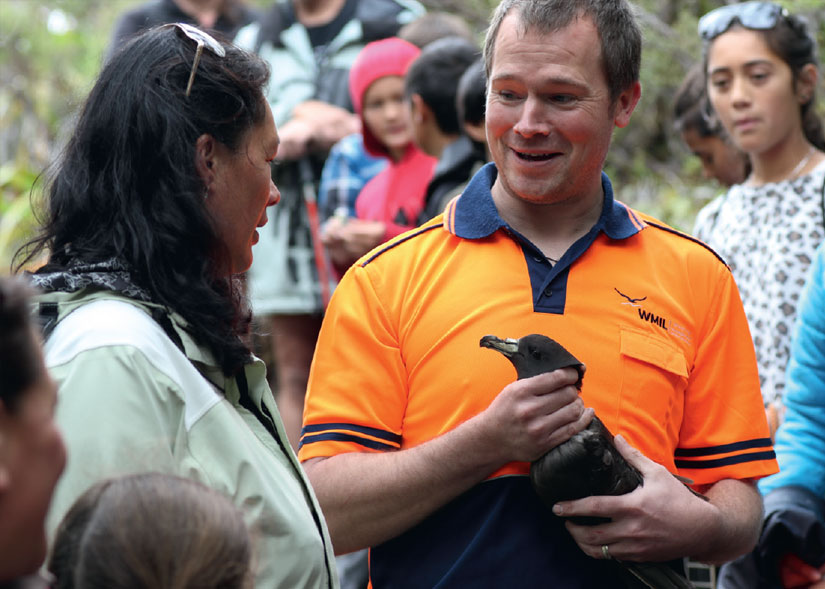
Ngāti Rehua-Ngātiwai ki Aotea welcomed tāiko back to Great Barrier Island/Aotea in November, alongside representatives from the fishing industry, government, environmental organisations, and the local community.
Chairperson of the Ngāti Rehua – Ngātiwai ki Aotea Trust Board Nicola MacDonald said “All seabirds are precious taonga to Nga ̄ti Rehua-Nga ̄tiwai ki Aotea people and even more so the tāiko who breed exclusively on our sacred maunga Hirakimata and Hauturu-a-toi. We want to ensure that the last remaining colonies of ta ̄iko are protected to ensure they remain part of our natural heritage and legacy for all future generations of New Zealanders.”
Tāiko/black petrels return to breed on Great Barrier and Little Barrier after a winter feeding off South America. They are vulnerable to accidental capture on long lines. The three largest fishing companies in the Gulf attended the ceremony and are committed to seabird smart fishing practices, facilitated through the work of Southern Seabird Solutions Trust.
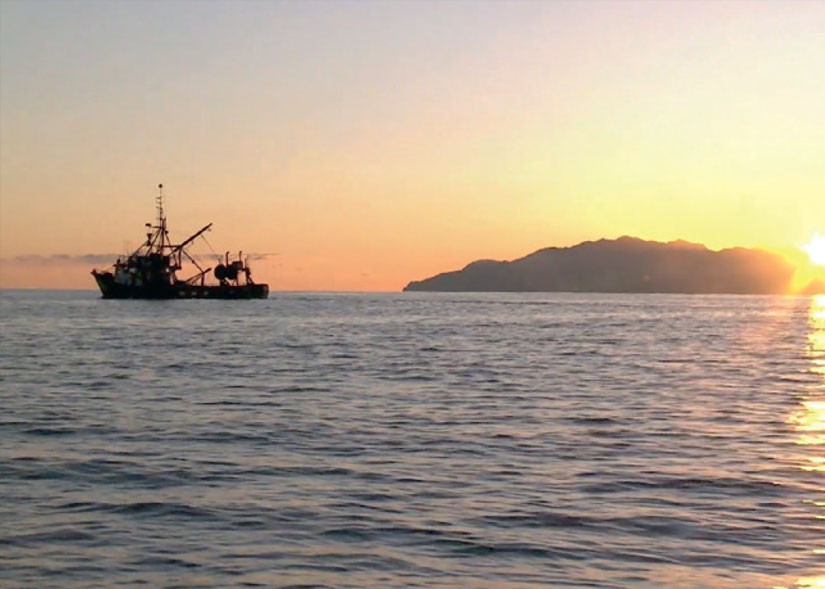
Sanford’s Chief Executive has said the company is prepared to stop all commercial fishing in the Hauraki Gulf if recreational fishers record and report their catch. Volker Kuntzsch made the offer at the Forum’s Hauraki Gulf Marine Park Seminar in October.
He said an estimated 200,000 people fish in the Hauraki Gulf Marine Park each year. “Complete transparency and data on all fishing in the Gulf is an important future step to preserving the fish stocks for future generations.”
Forum chairman John Tregidga welcomed the challenge. “It shows a willingness to re-examine business models, to look for accommodation and encourage innovation that will turn around the health of the Hauraki Gulf/ Tīkapa Moana. I’m confident the recreational fishing sector can also step up and embrace the challenge of stewardship for the Gulf.”

The Ministry for Primary Industries has initiated a review of the fisheries management system to ensure it is fit-for-purpose and that fisheries are managed sustainably into the future.
The Fisheries Act and the Quota Management System have been in place for 20 and 30 years respectively and the ministry said that while the system is sound, it is timely to examine how the system is operating and if processes can be improved. Feedback has been sought through community drop-in sessions and formal consultation will be undertaken next year.
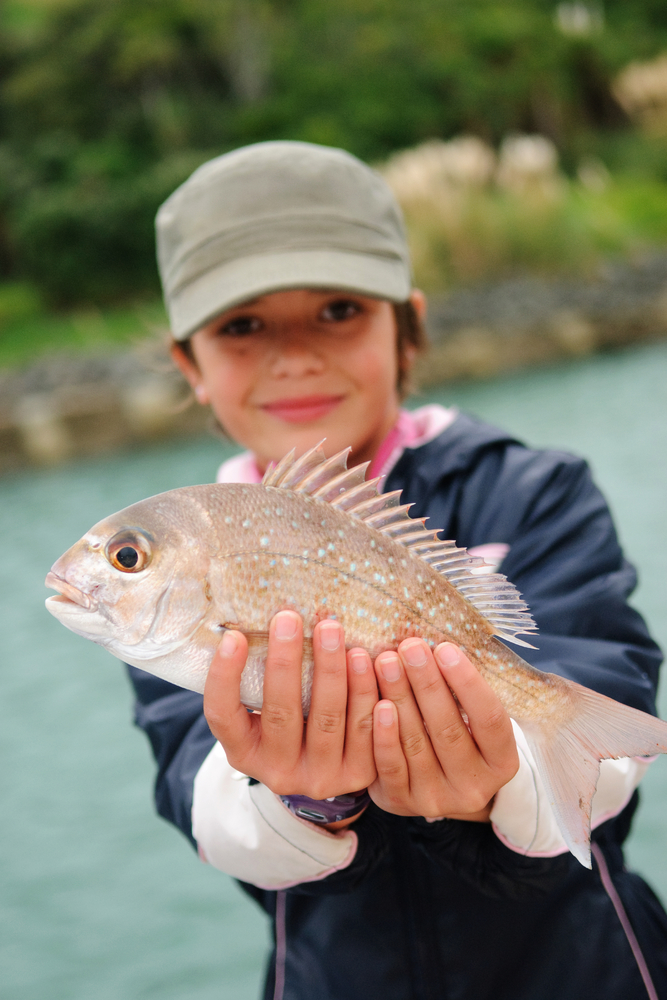
The Ministry of Primary Industries expects a collaborative management plan for the Snapper 1 (SNA1) fishery to be completed by 1 October.
Minister for Primary Industries Nathan Guy established a SNA1 Strategy Group to develop the plan with representatives from commercial, recreational and customary sectors, following a review of sustainability measures last year. The group is chaired by Hon Sir Ian Barker QC.
The plan will look to address the challenges of managing snapper in north-east New Zealand, including increasing demand, allocation of the resource, environmental pressures, the cost of obtaining fishery management information, and the need to ensure abundance into the future.
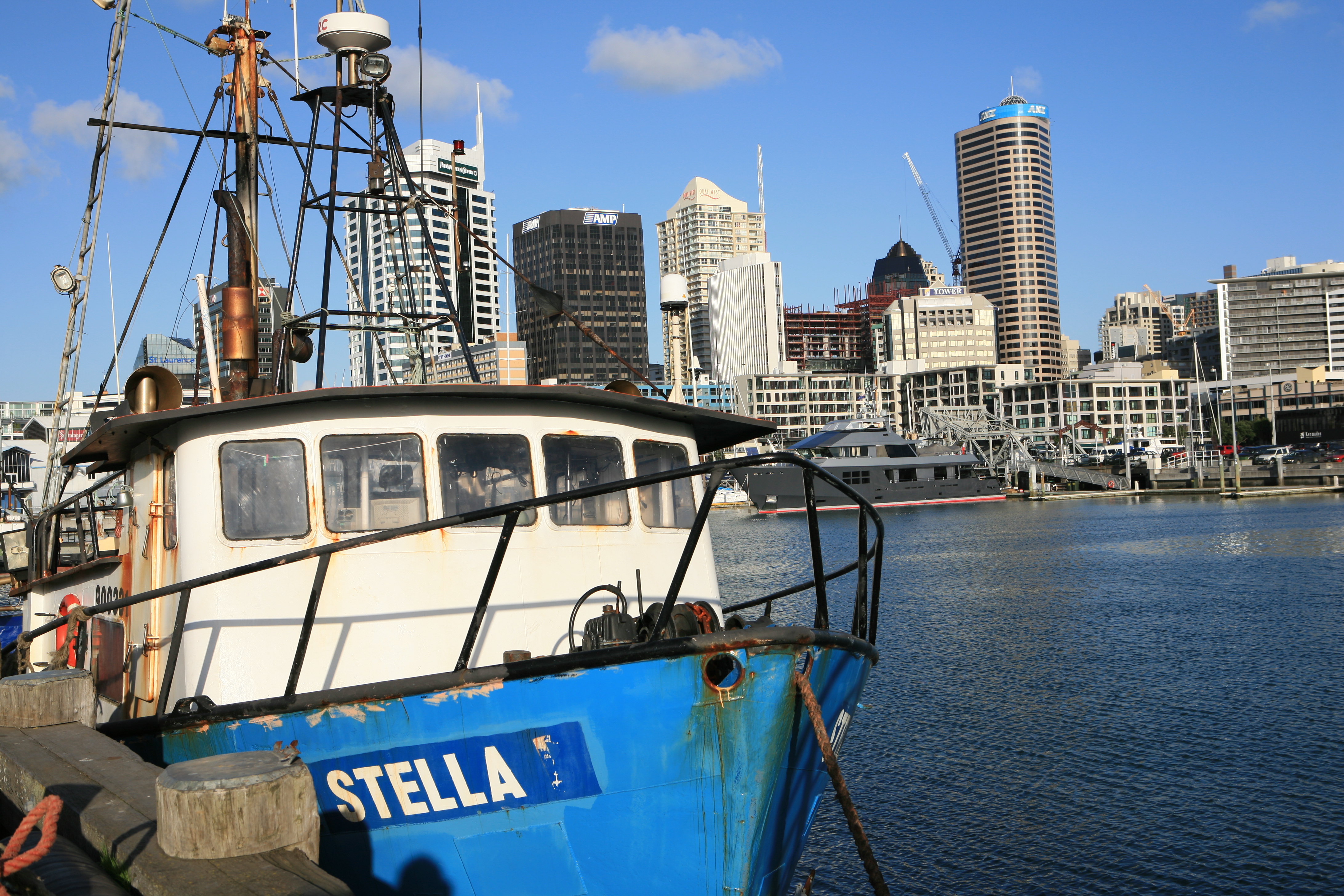
Minister for Primary Industries Nathan Guy has announced an operational review of the Fisheries Management System.
He said it was necessary to ensure that New Zealand’s fishing system is up to date and working fairly and efficiently, noting that it had been 19 years since the Fisheries Act was passed.
Nathan Guy said review would seek to strengthen public confidence and foster community support by providing opportunities for involvement in local area management. It would not undermine existing rights and interests of commercial, customary and recreational fishers, Treaty settlements or core elements of the Quota Management System. He said the review would be high-level, not intending to touch on the detail of things like recreational fishers’ bag limits or fishing quotas.
The Ministry is currently seeking views on the strengths and weaknesses of the current system from stakeholder organisations and will determine next steps after considering feedback.
The announcement was made in a speech to the 2015 New Zealand Seafood Industry Conference on 19 August.
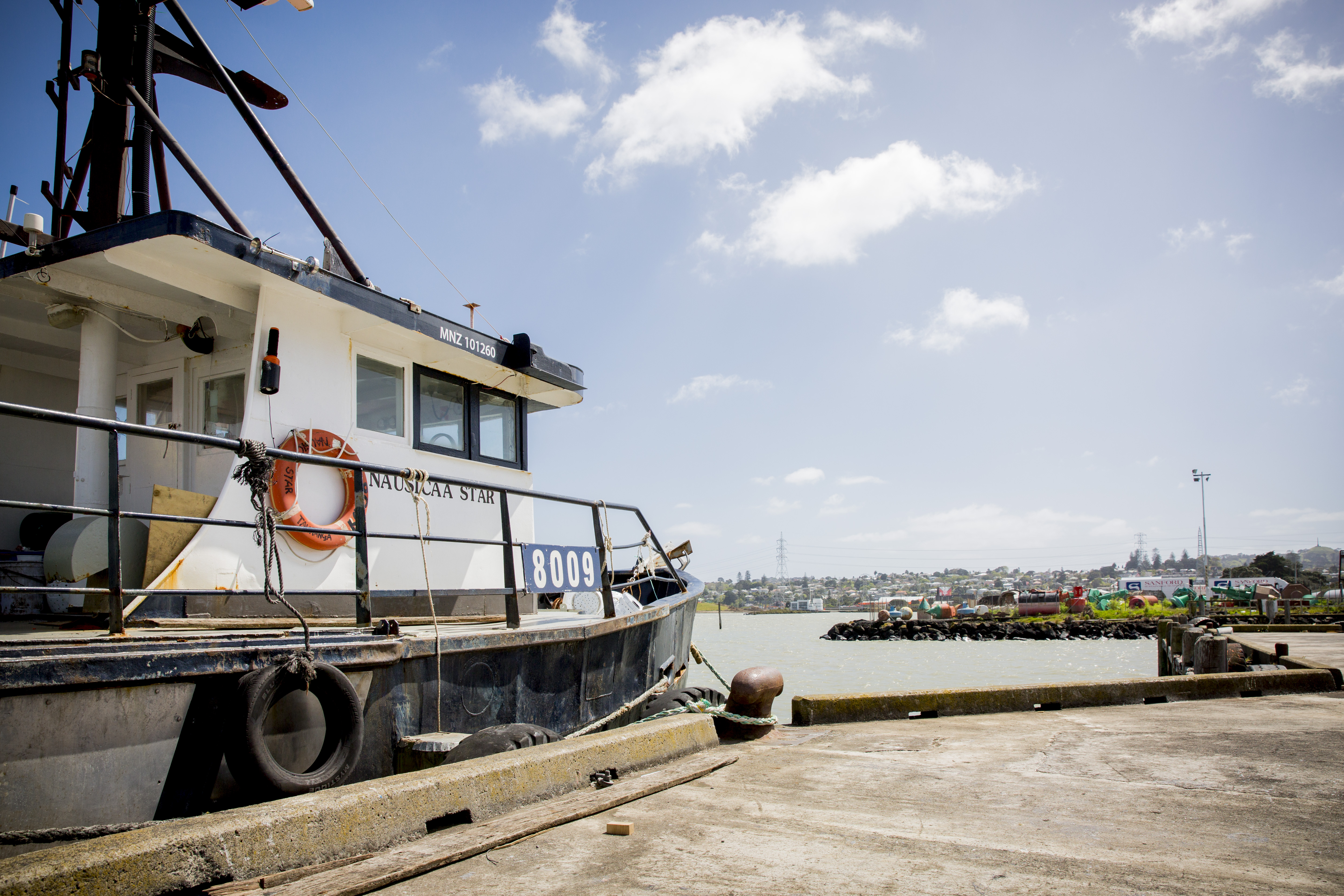
A new study into under-size snapper caught in the Snapper 1 area shows encouraging results, but there is more work to be done.
The report found that commercial fishers caught 144 tonnes of undersized snapper in the Snapper 1 area – about 3% of the total commercial catch – in the year ending February 2015.
Inshore Fisheries Manager Steve Halley said the level of catch did not create a sustainability concern for the fishery, but there were benefits from reducing such mortality.
“Everyone who uses this important fishery has a responsibility of care. Industry and government are investing millions in the improvement of trawl gear, and have a “move on” rule when encountering small fish. The recreational sector is educating people on avoiding areas where small fish are found, using larger hooks, and being careful when releasing small fish.”
Understanding the impacts of catching and releasing undersize snapper is being considered by the SNA1 Strategy Group, which will release its report on the future management of snapper later this year.
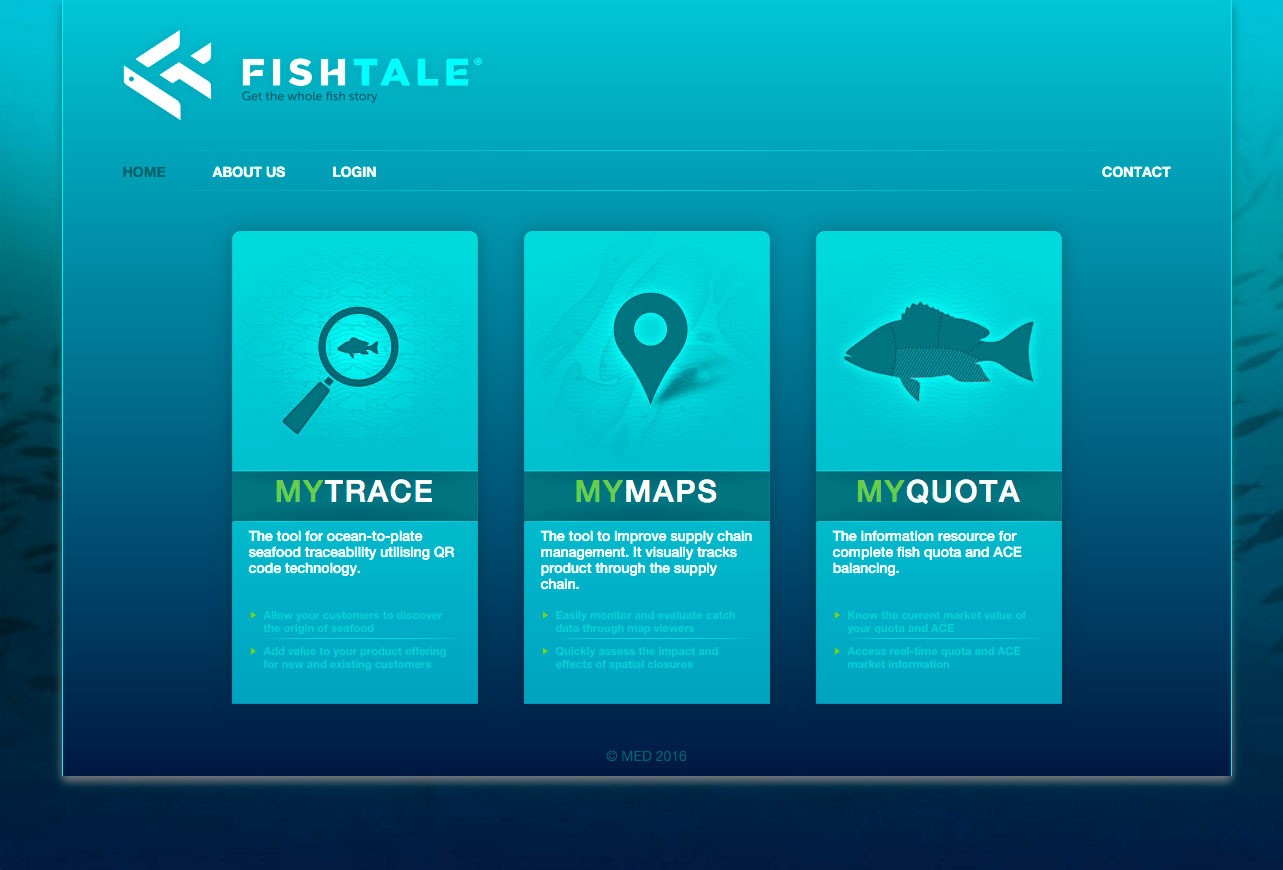
A new tool called FishTale is promising fishers and consumers a better way to manage and communicate the value of their catch.
A mobile application enables commercial fishers to record information about their catch in real time and offer it to market before it is landed. Consumers and chefs can also trace where, when and by whom fish was caught, helping build connections with the fisher.
FishTail promises to build credibility, manage and add value to seafood brands and fishing companies, says developer Mark Soboil.
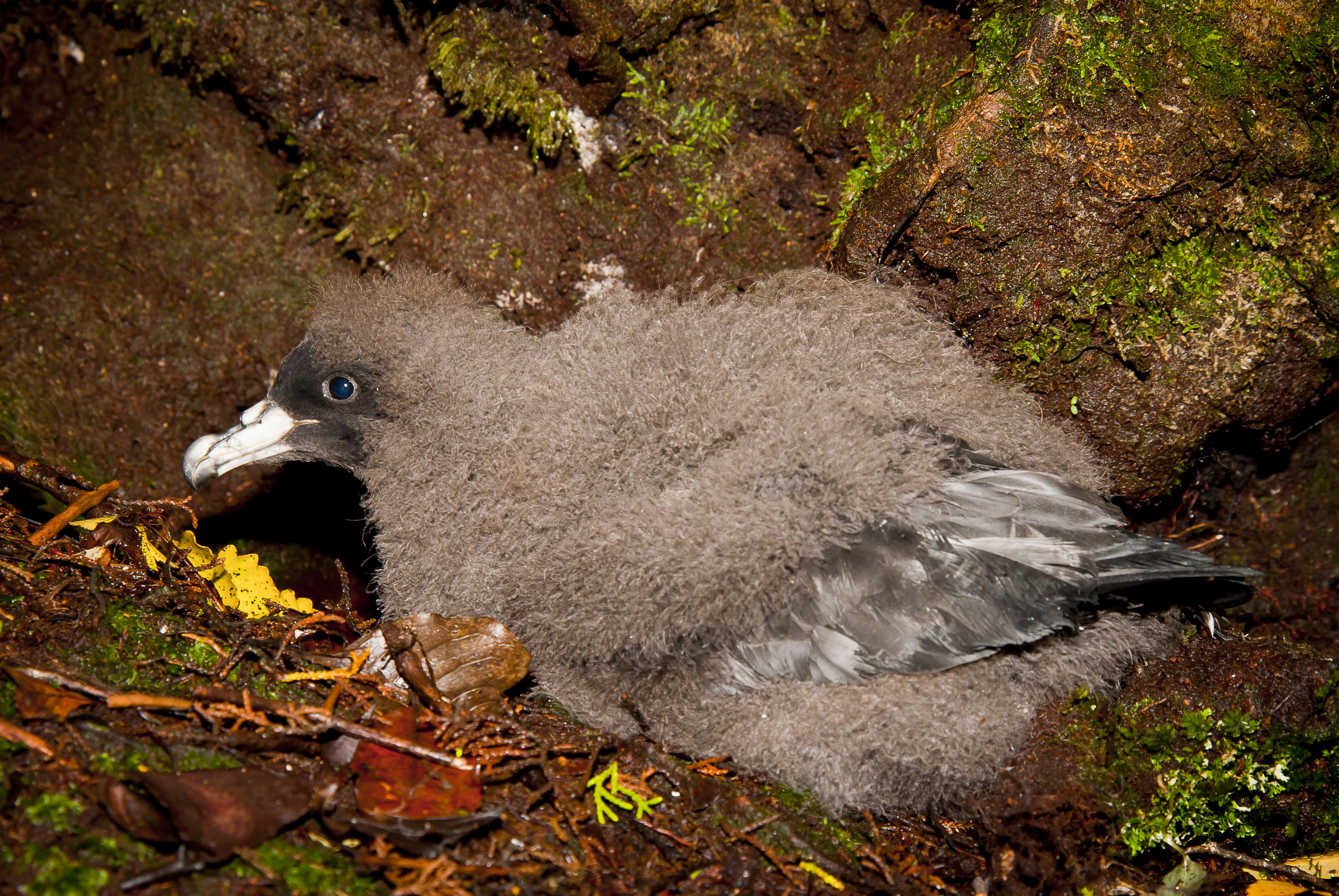
Black petrels are due back in the Gulf over the next month and the commercial long-line fleet are trained and ready.
Each of the 55 commercial boats fishing around the Gulf has a trained ‘seabird smart’ skipper, a seabird management plan and mitigation devices on-board. Black petrels are superb divers and can get hooked if they can see and reach baits.
They spend winter off South America and around 2000 pairs come home each year to breed on Great Barrier Island, and a smaller satellite colony on Hauturu/ Little Barrier.
A series of events is planned to mark the return of migratory seabirds and spread the word about how we can look after them while they’re here.